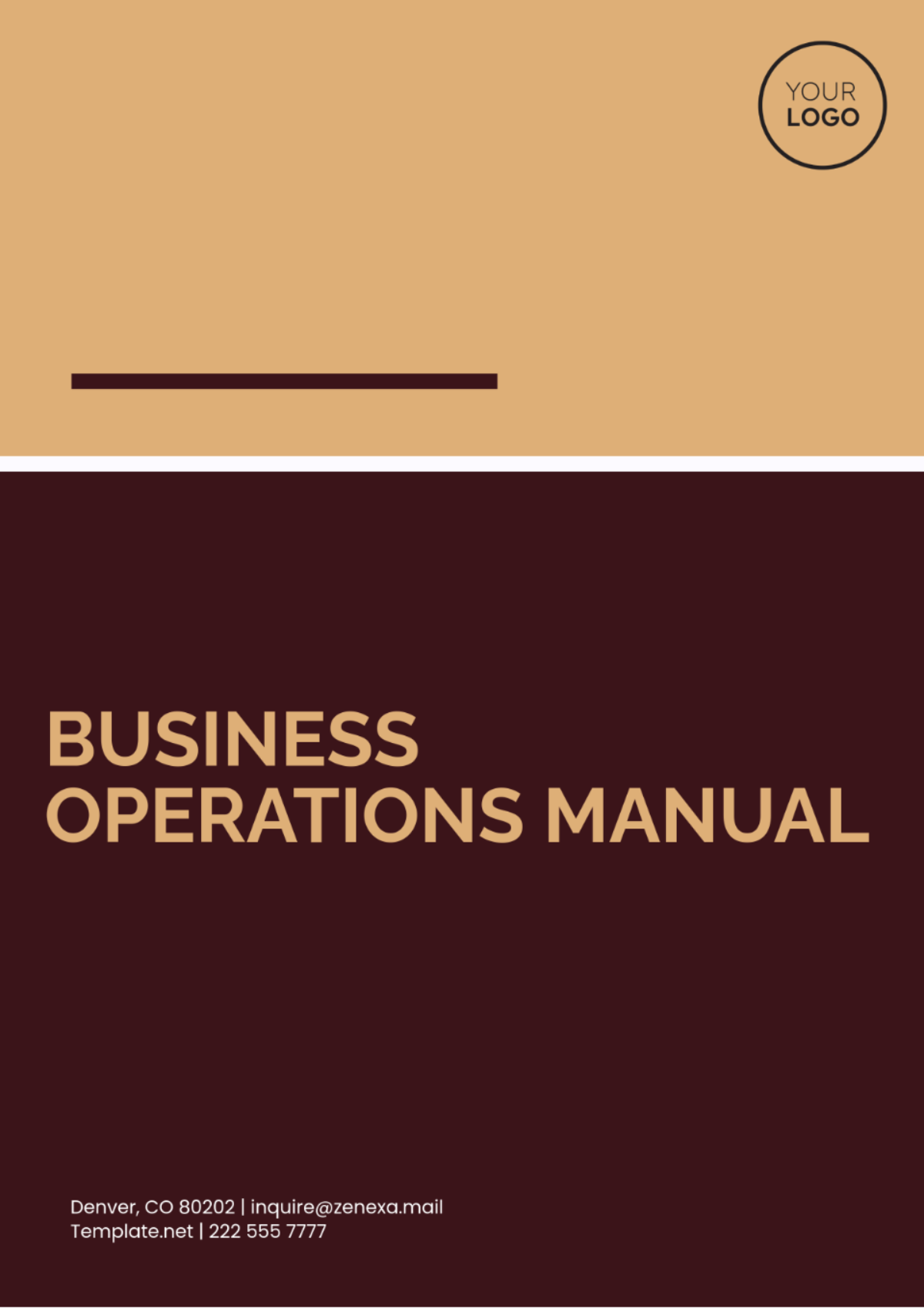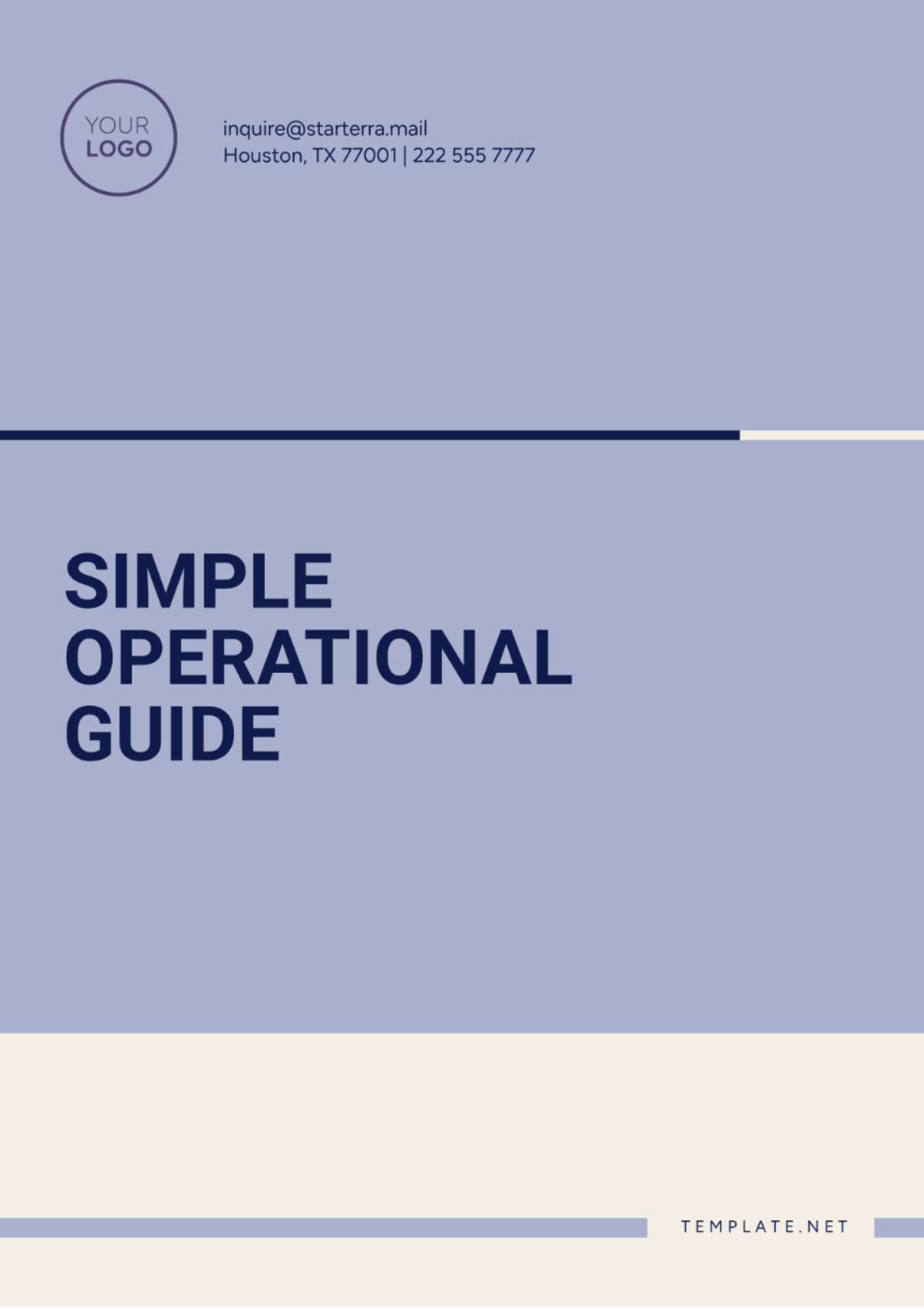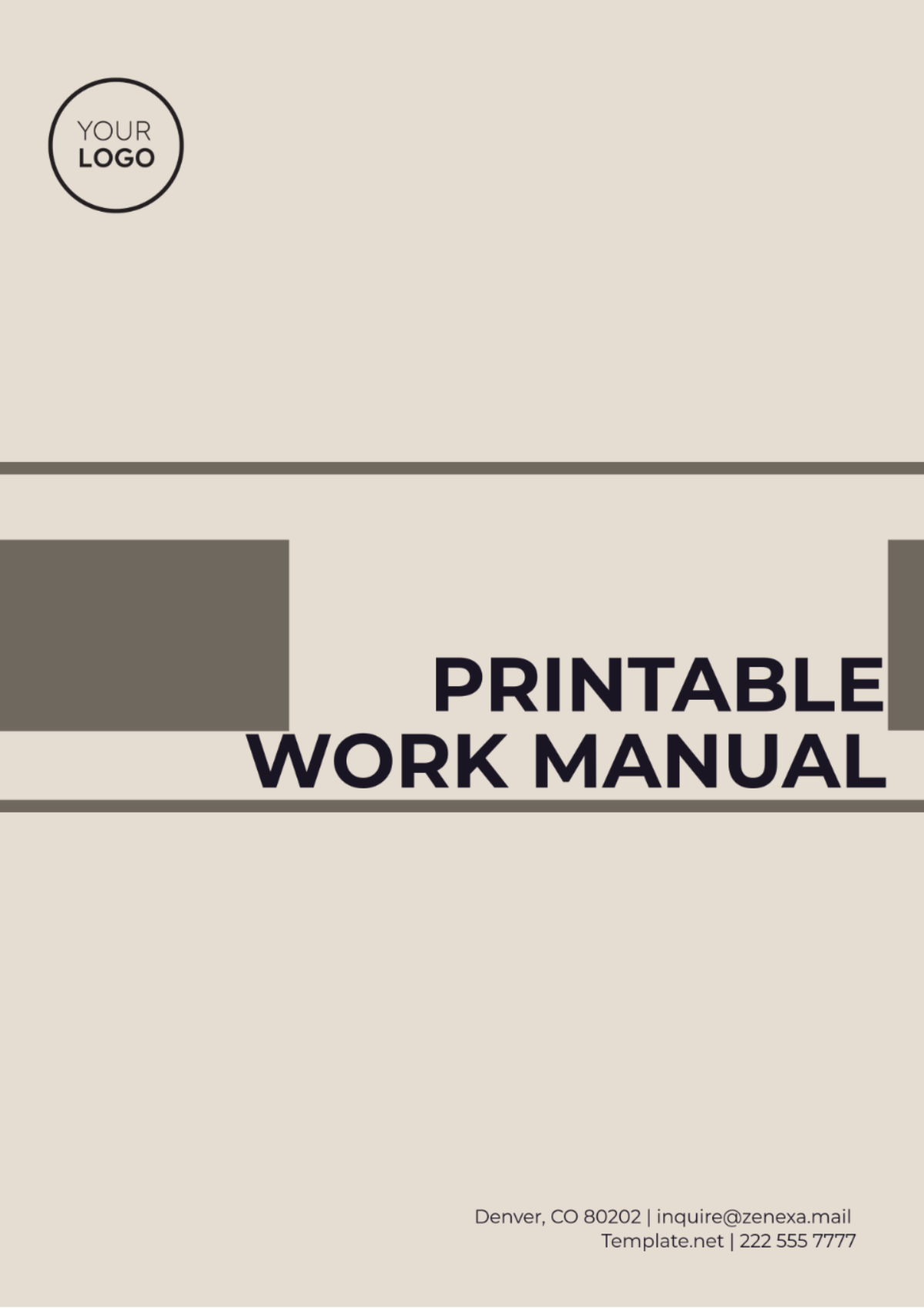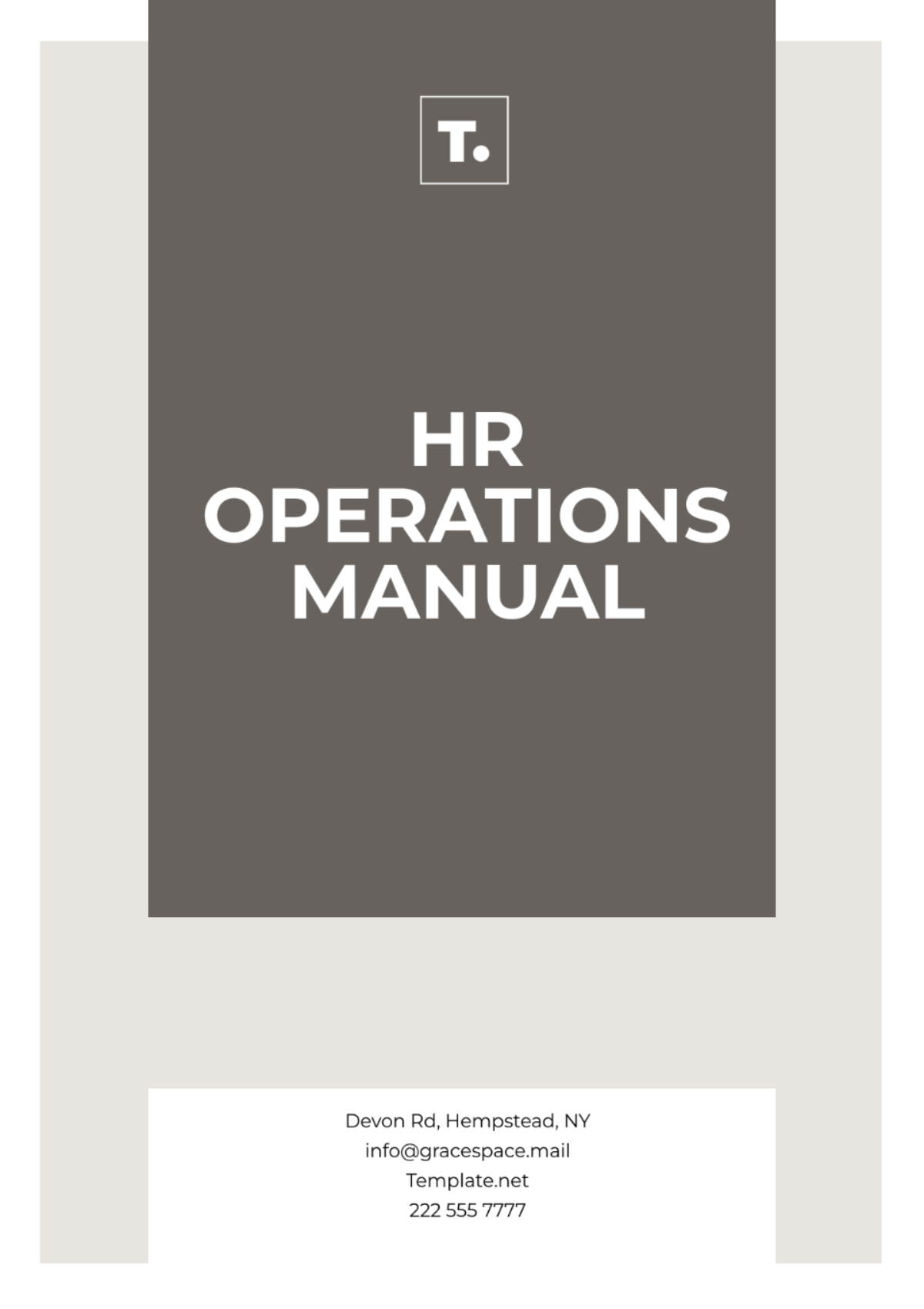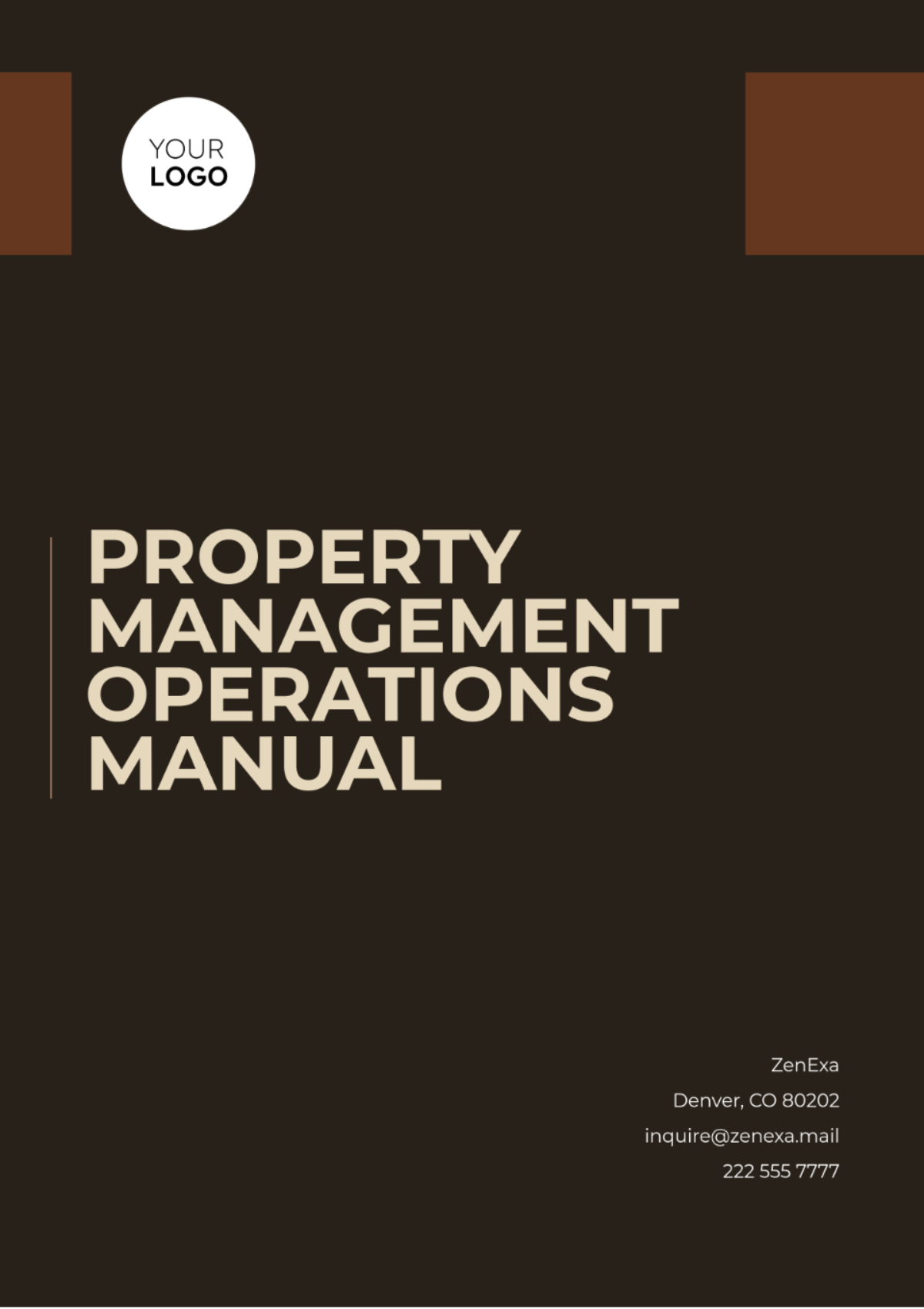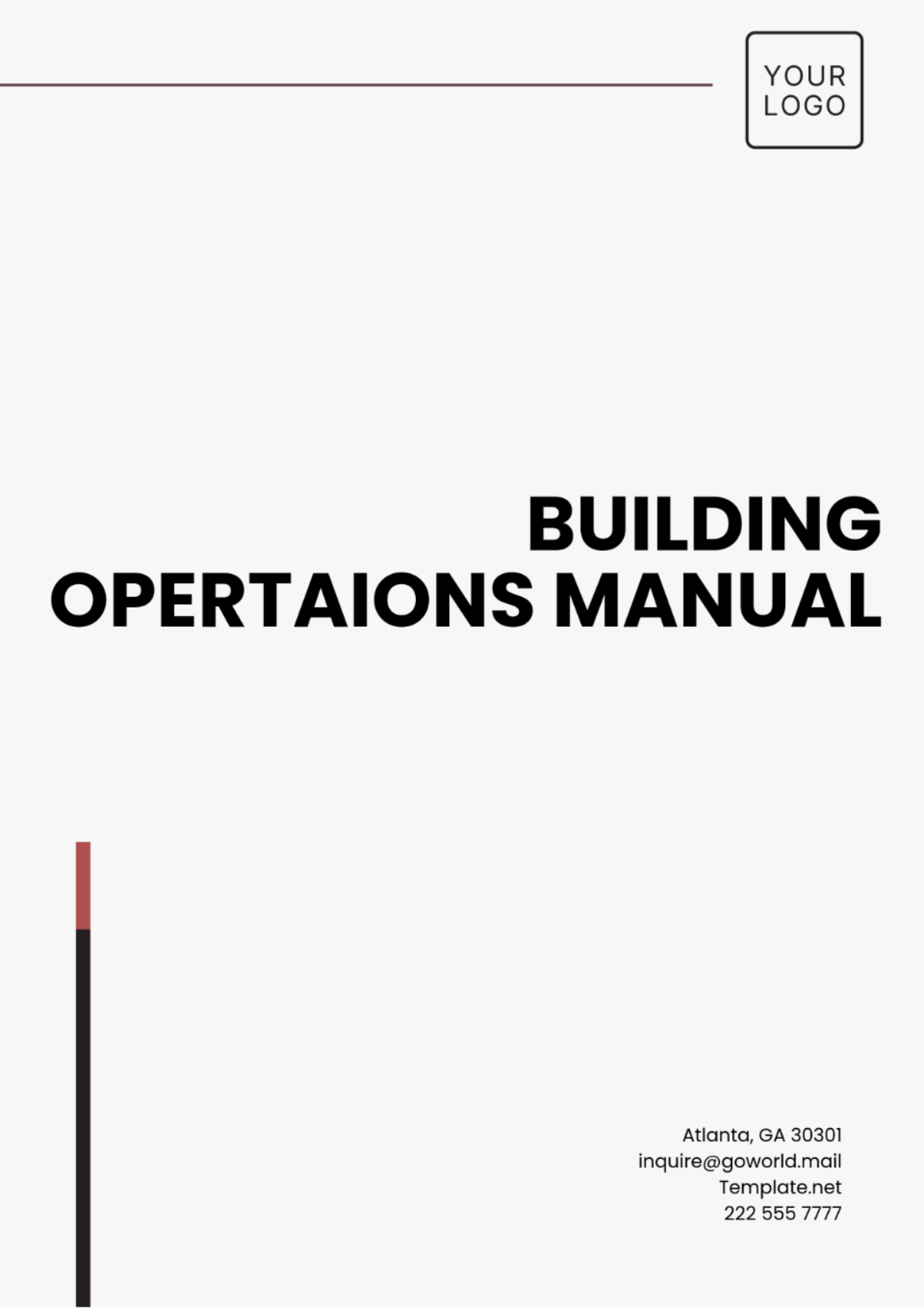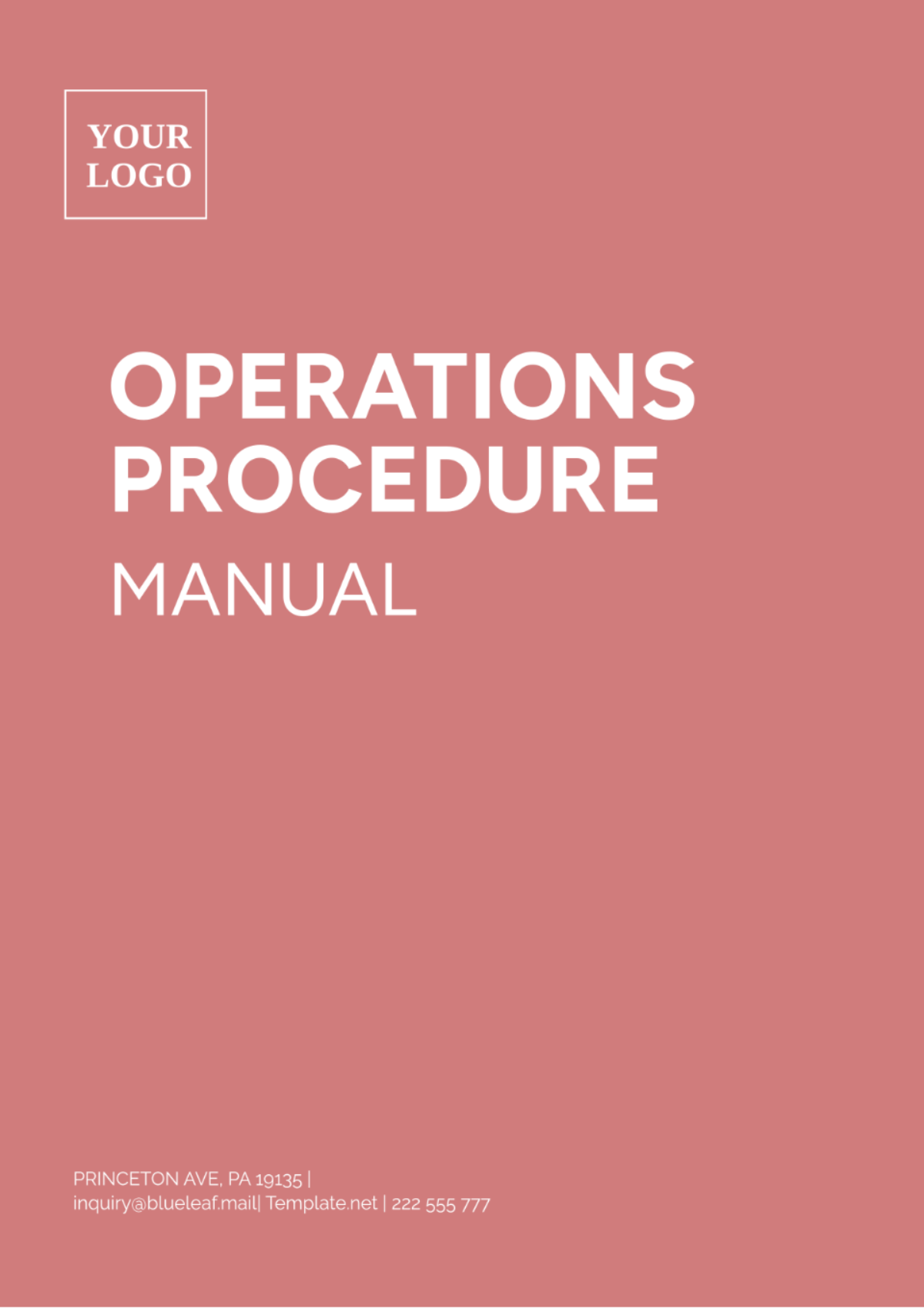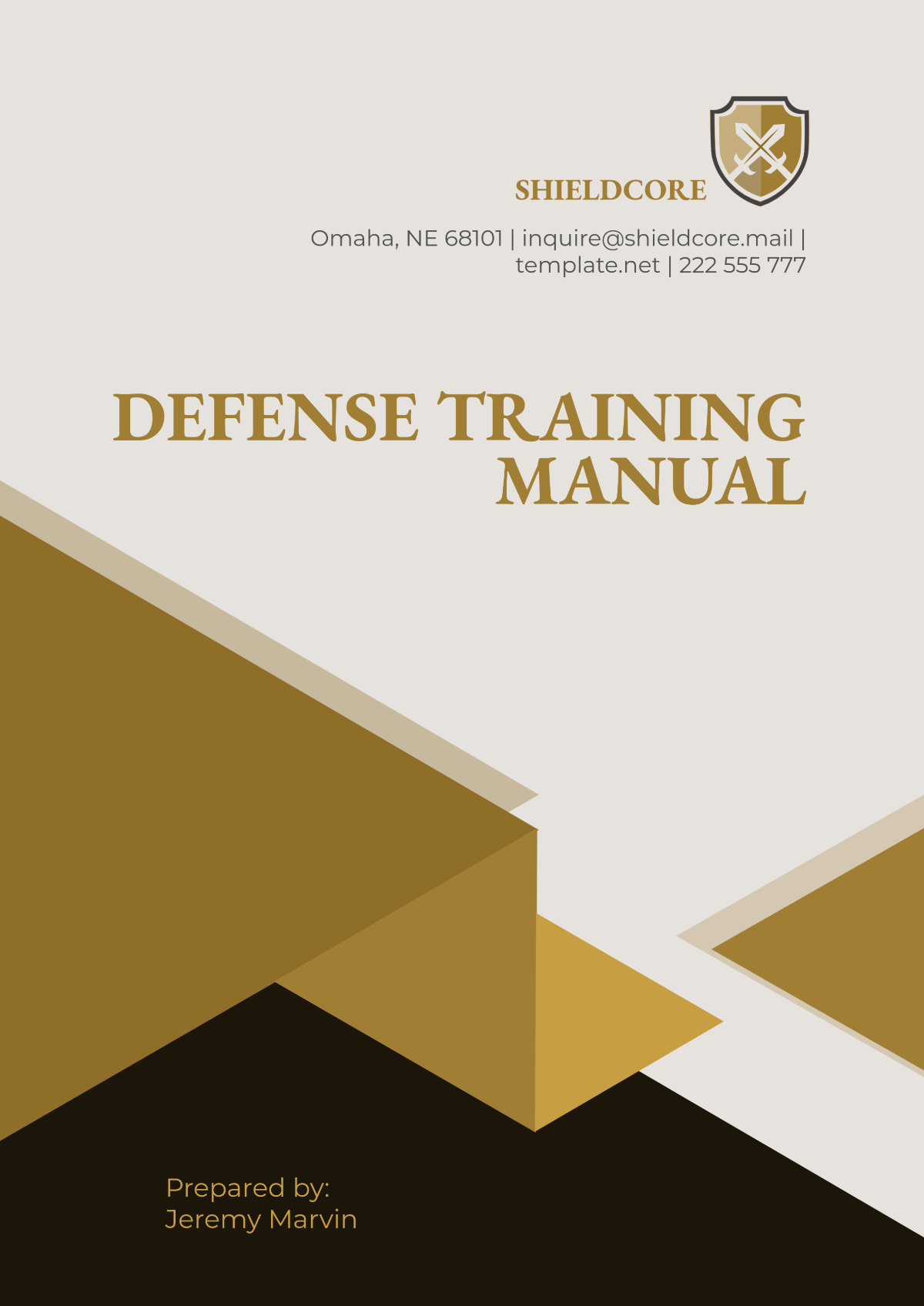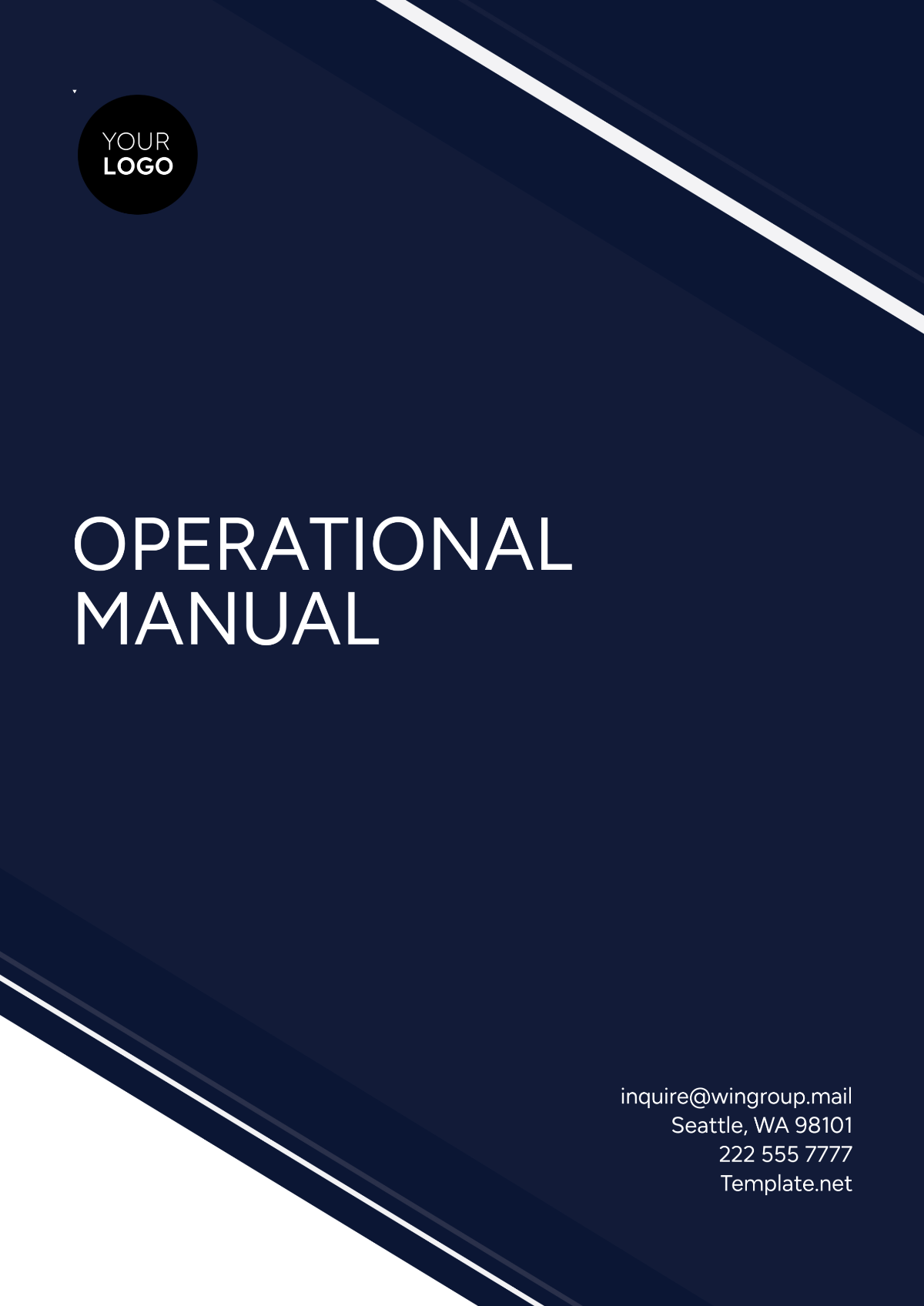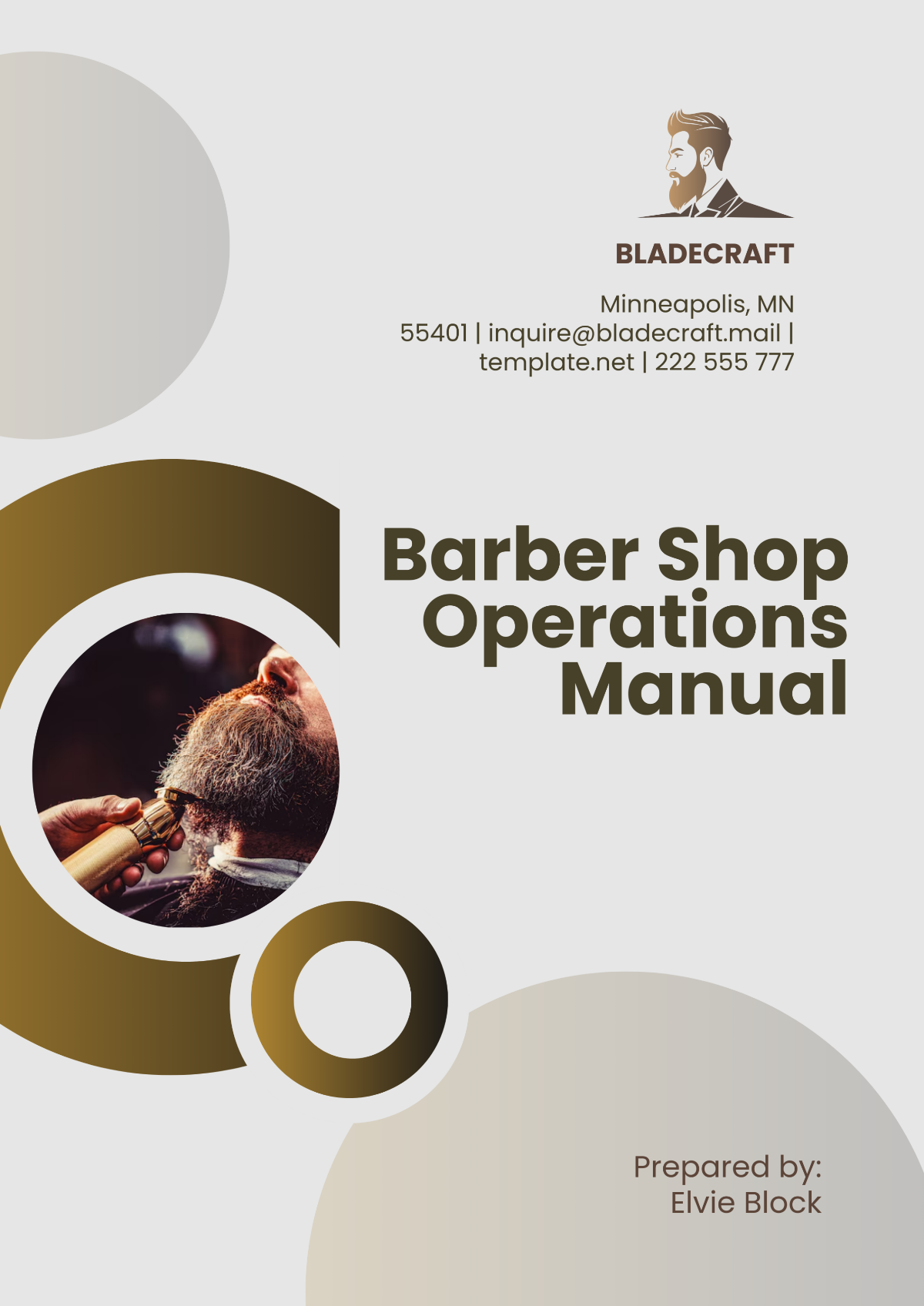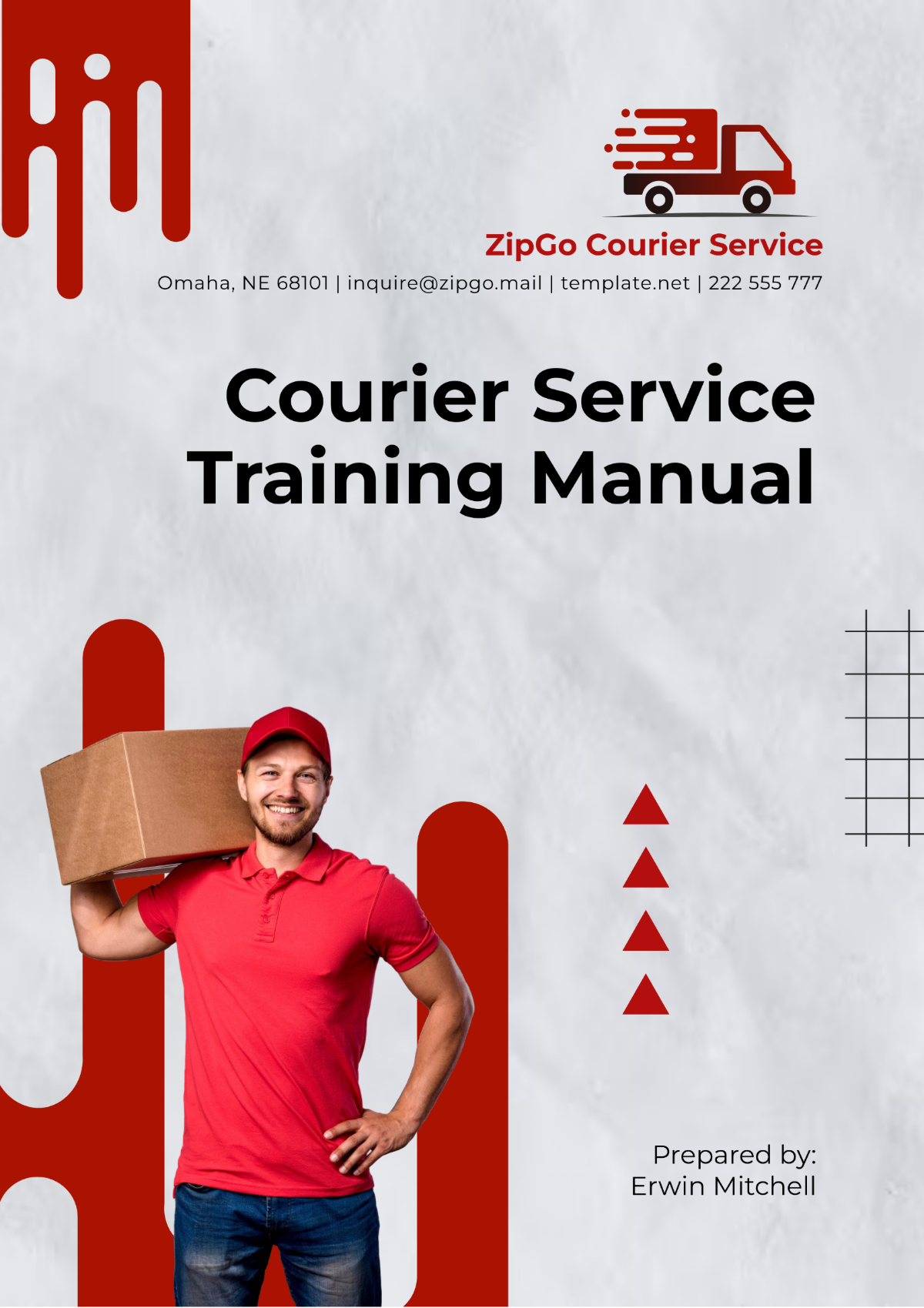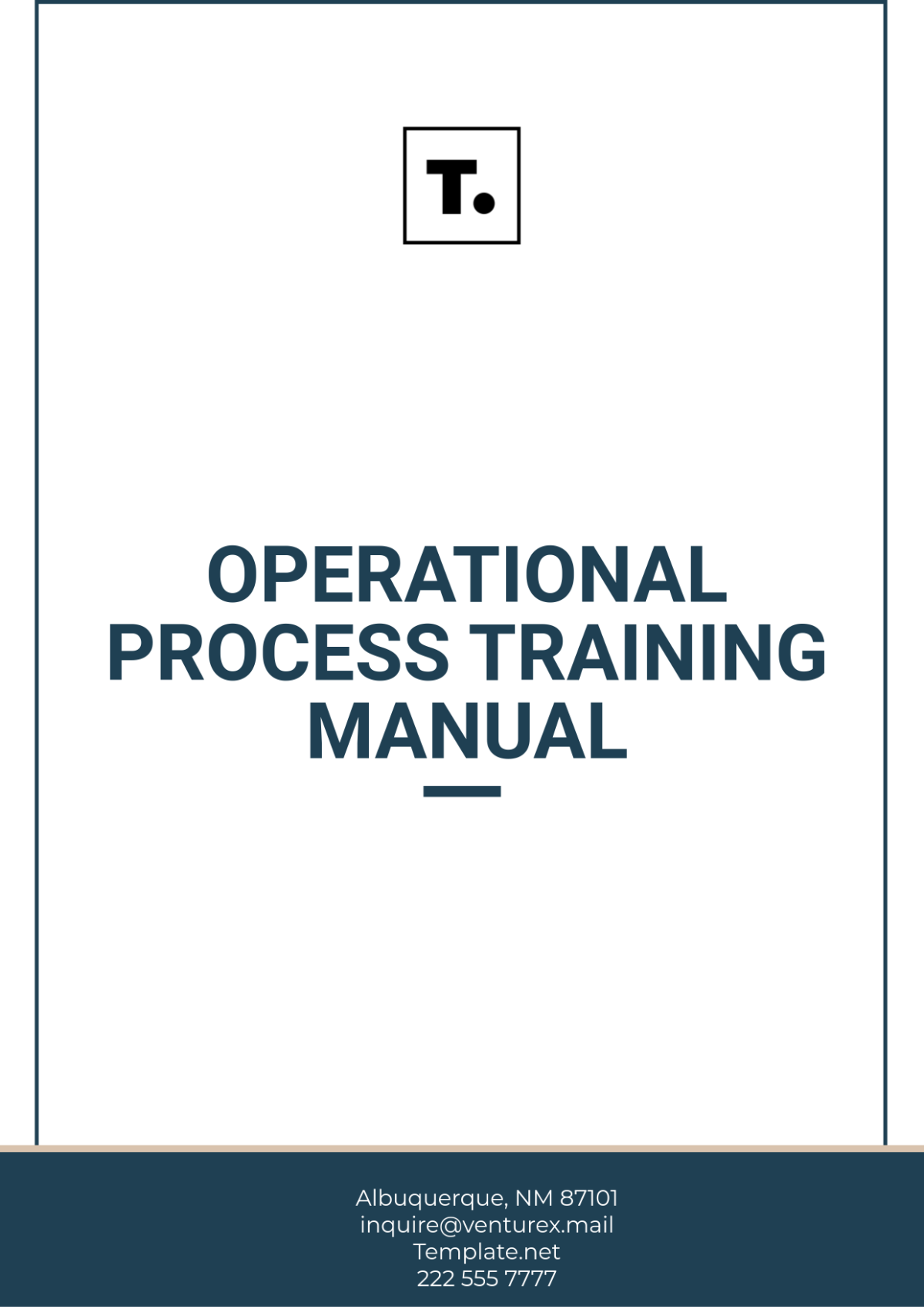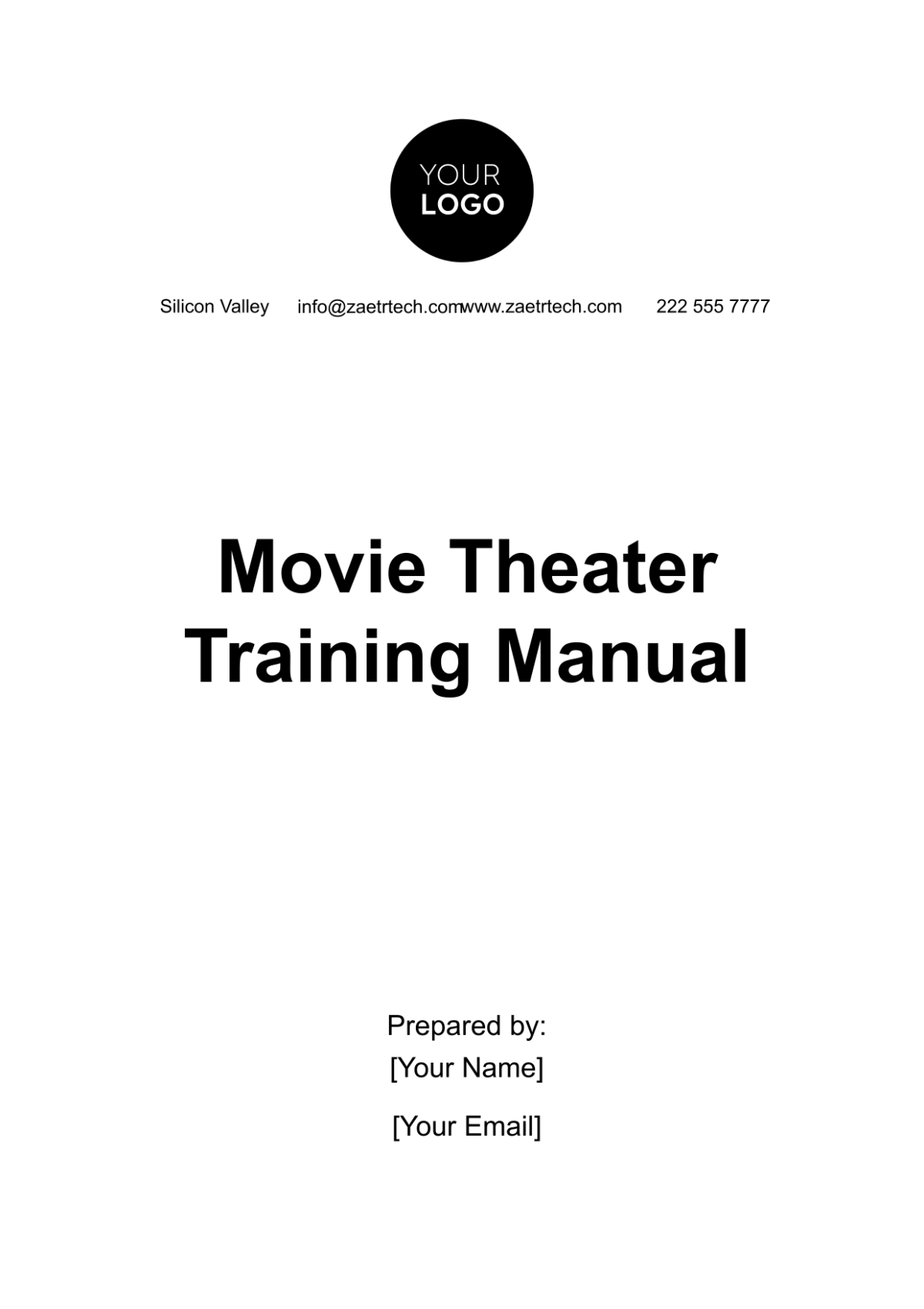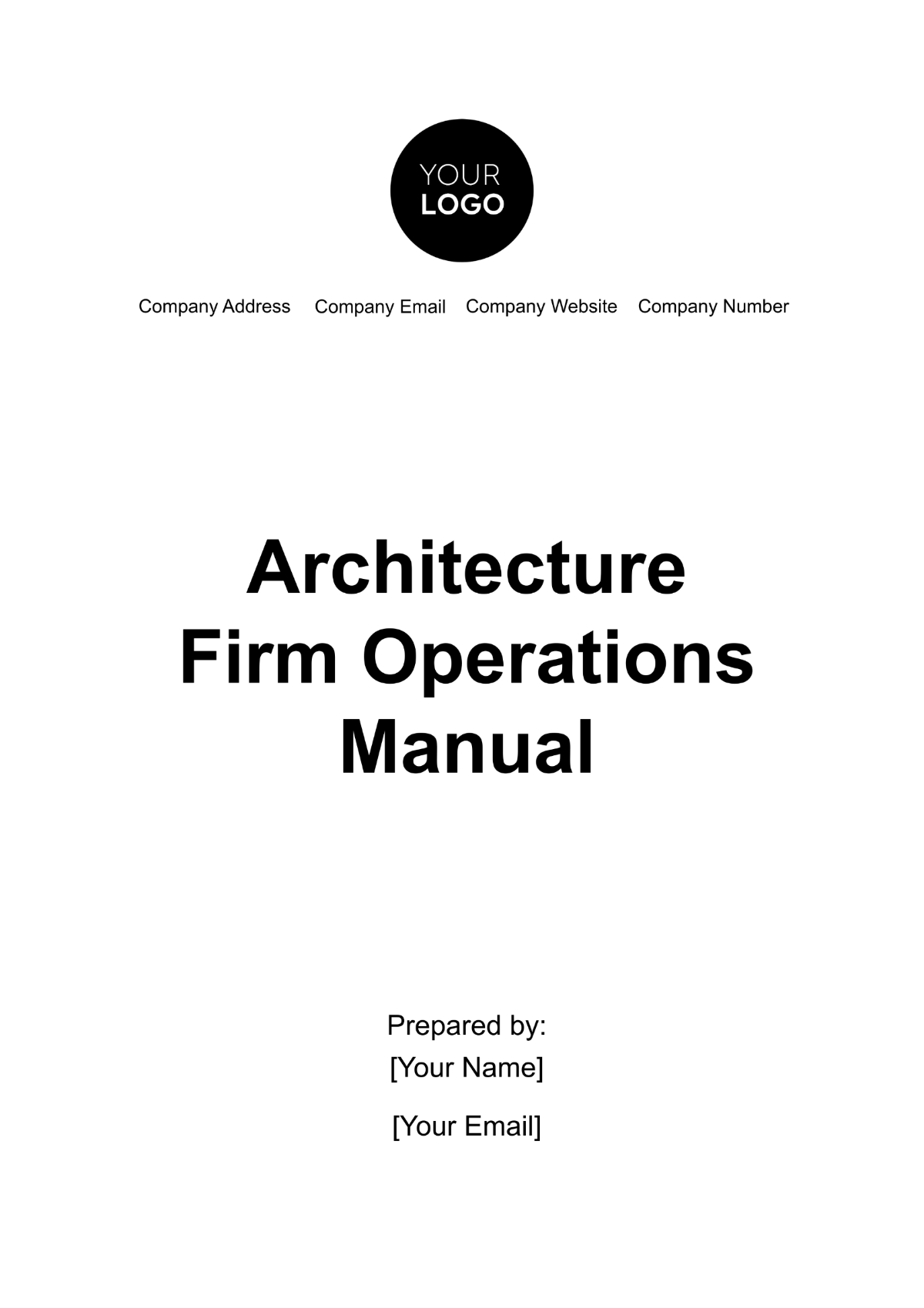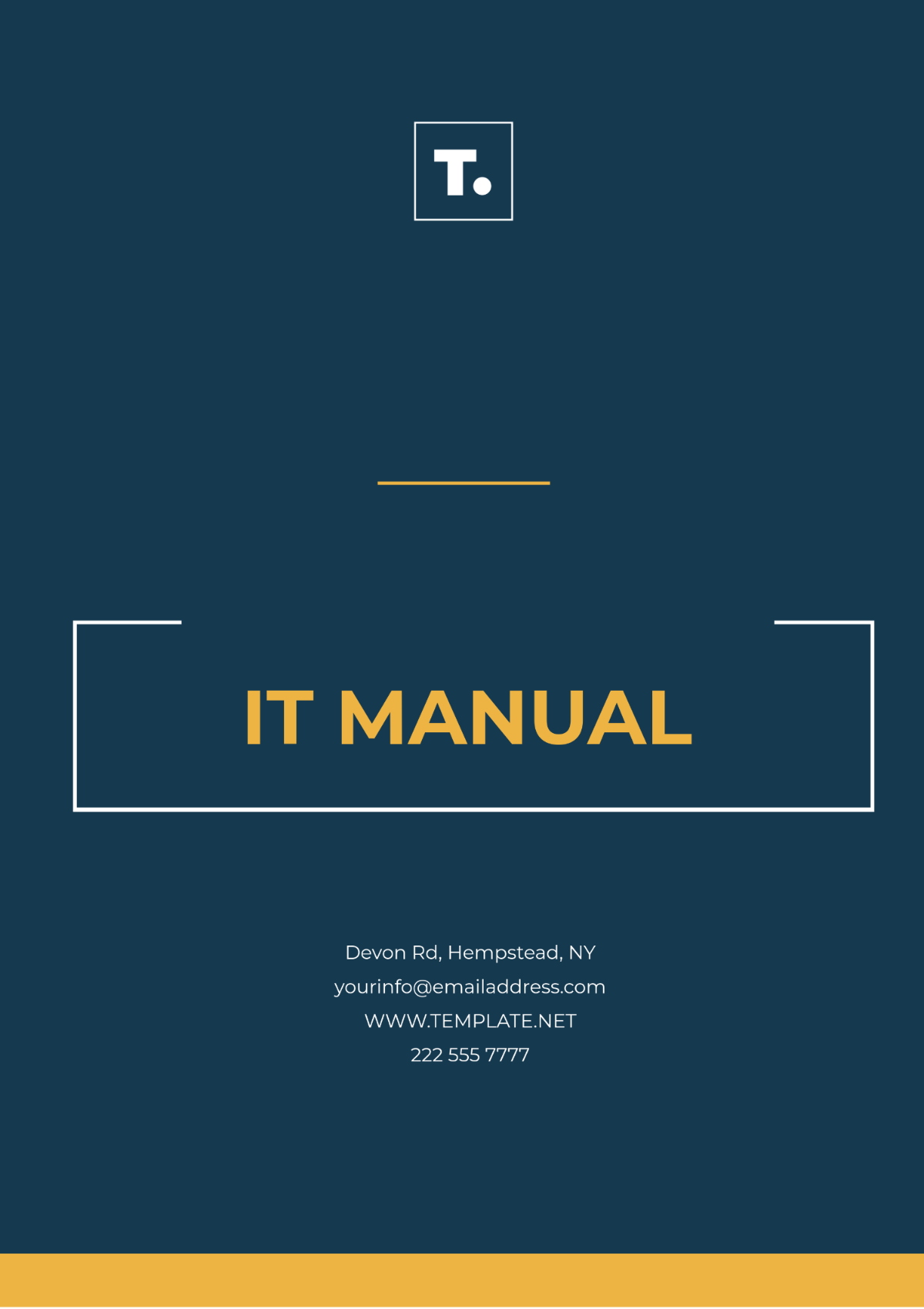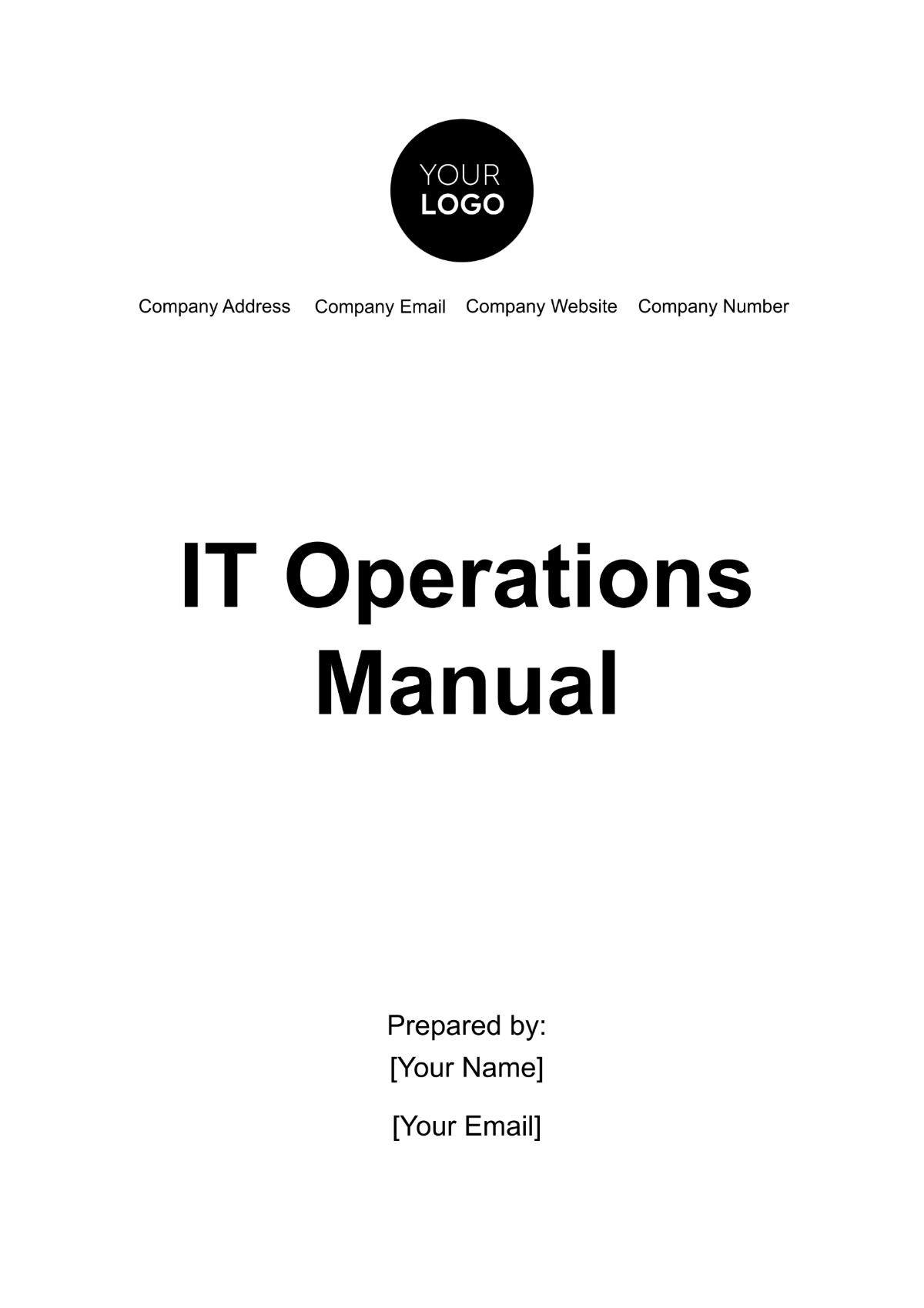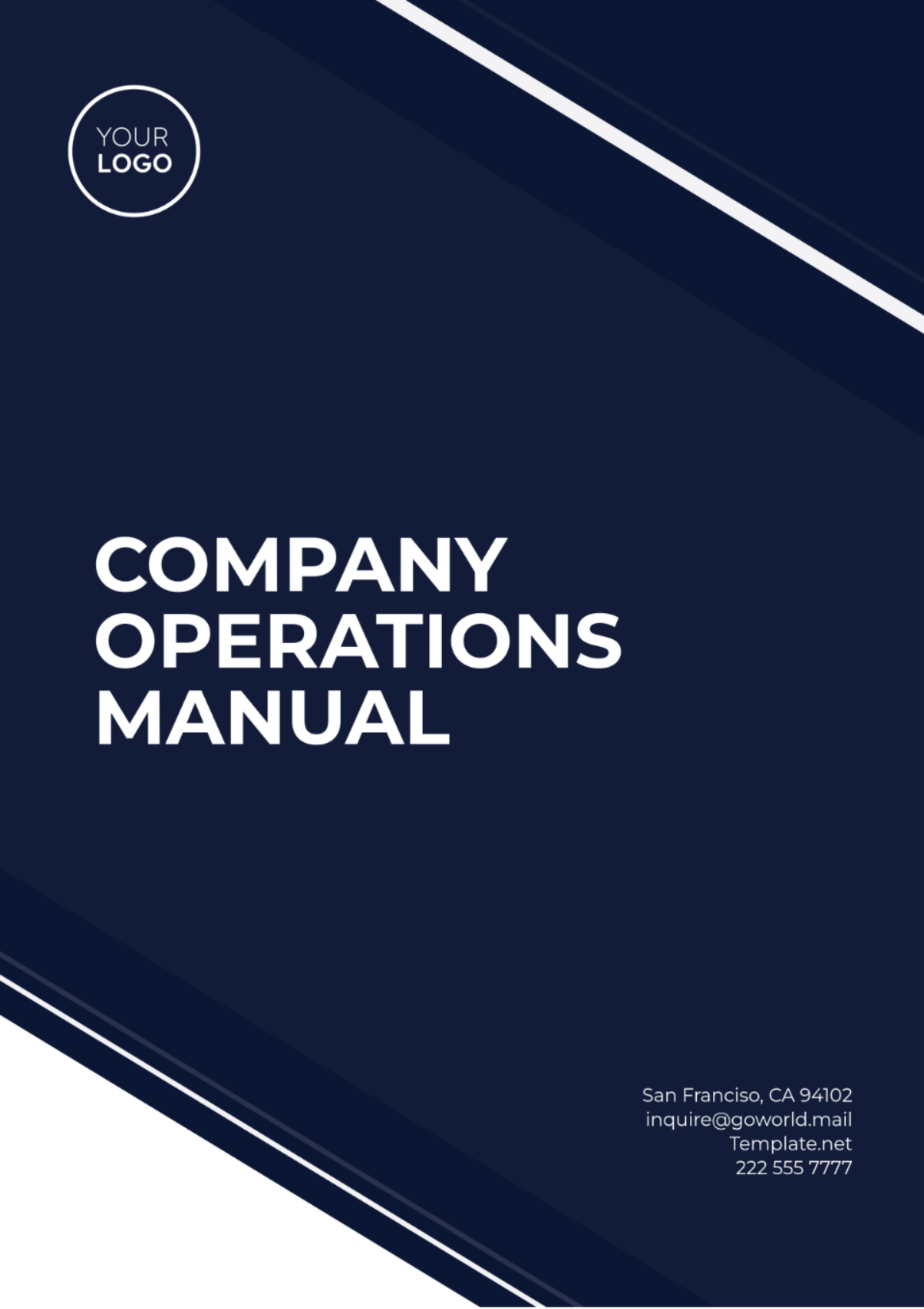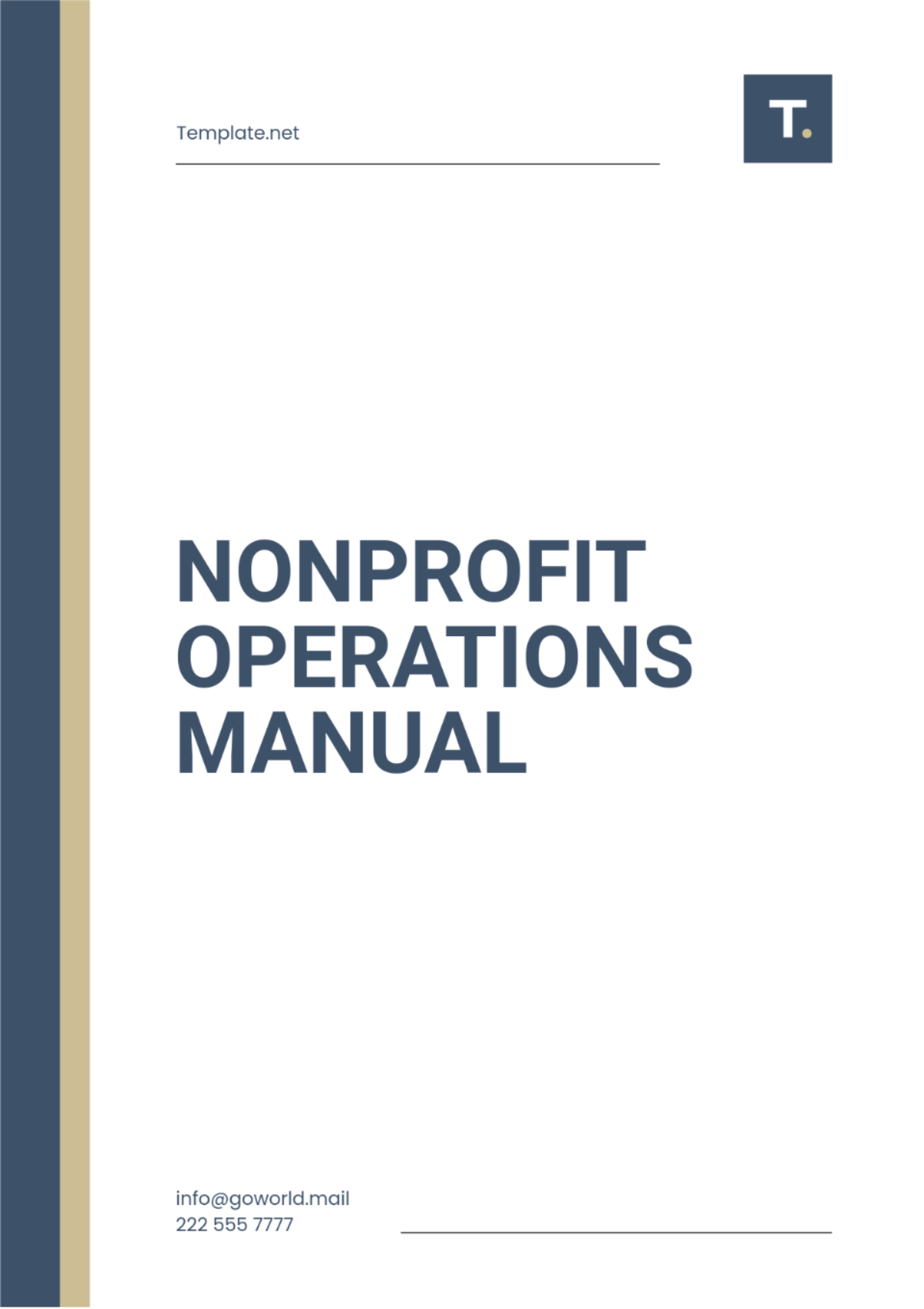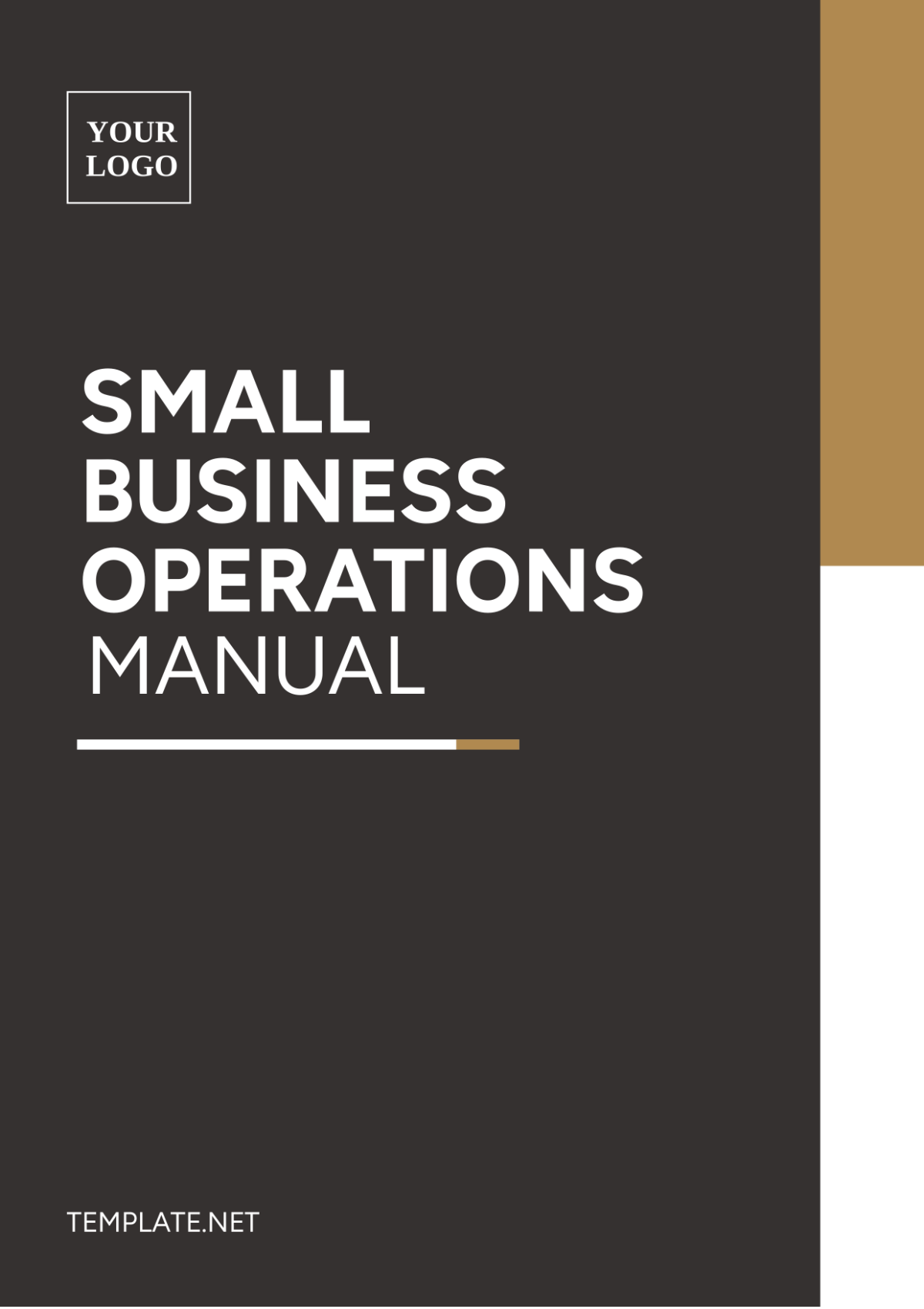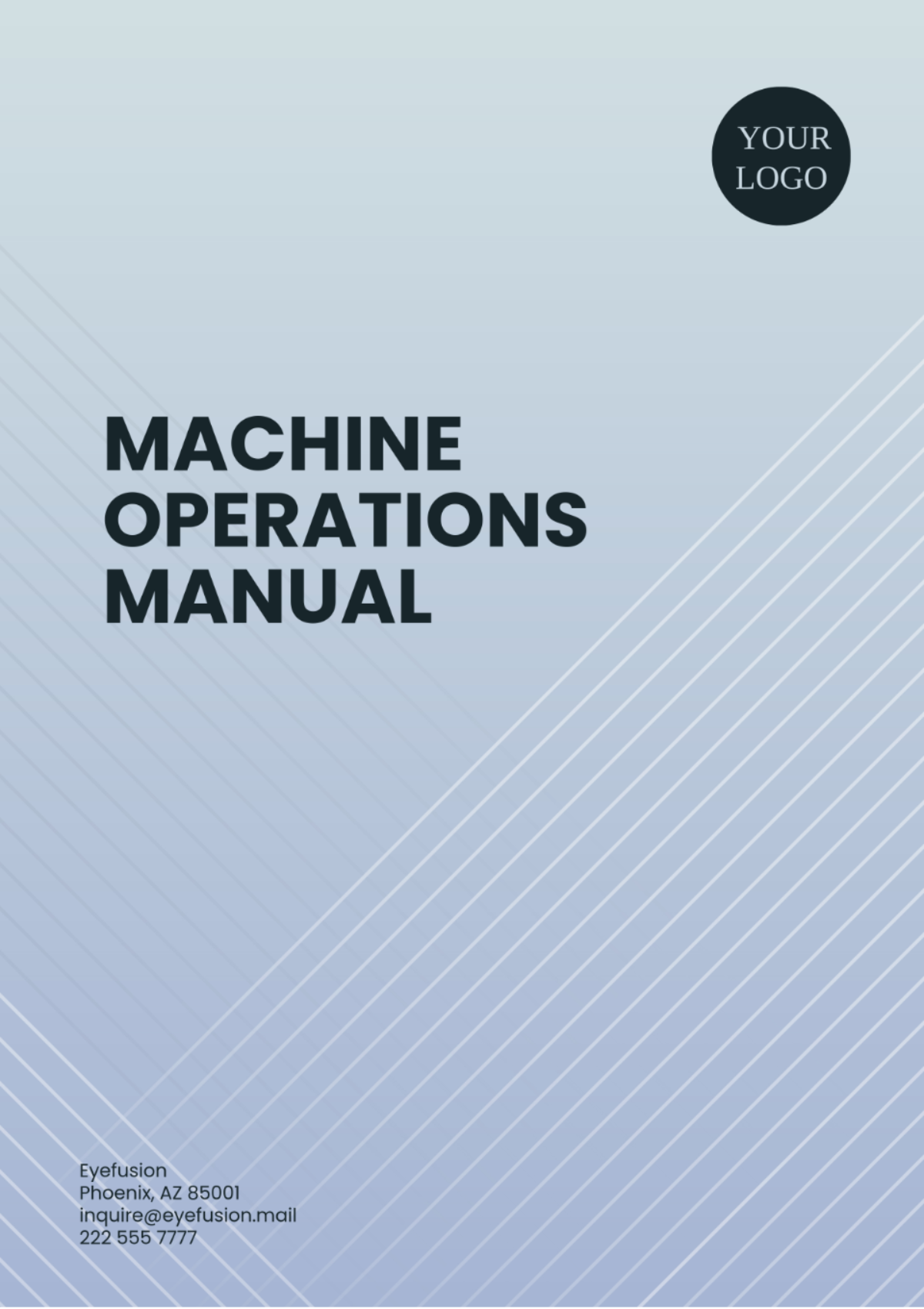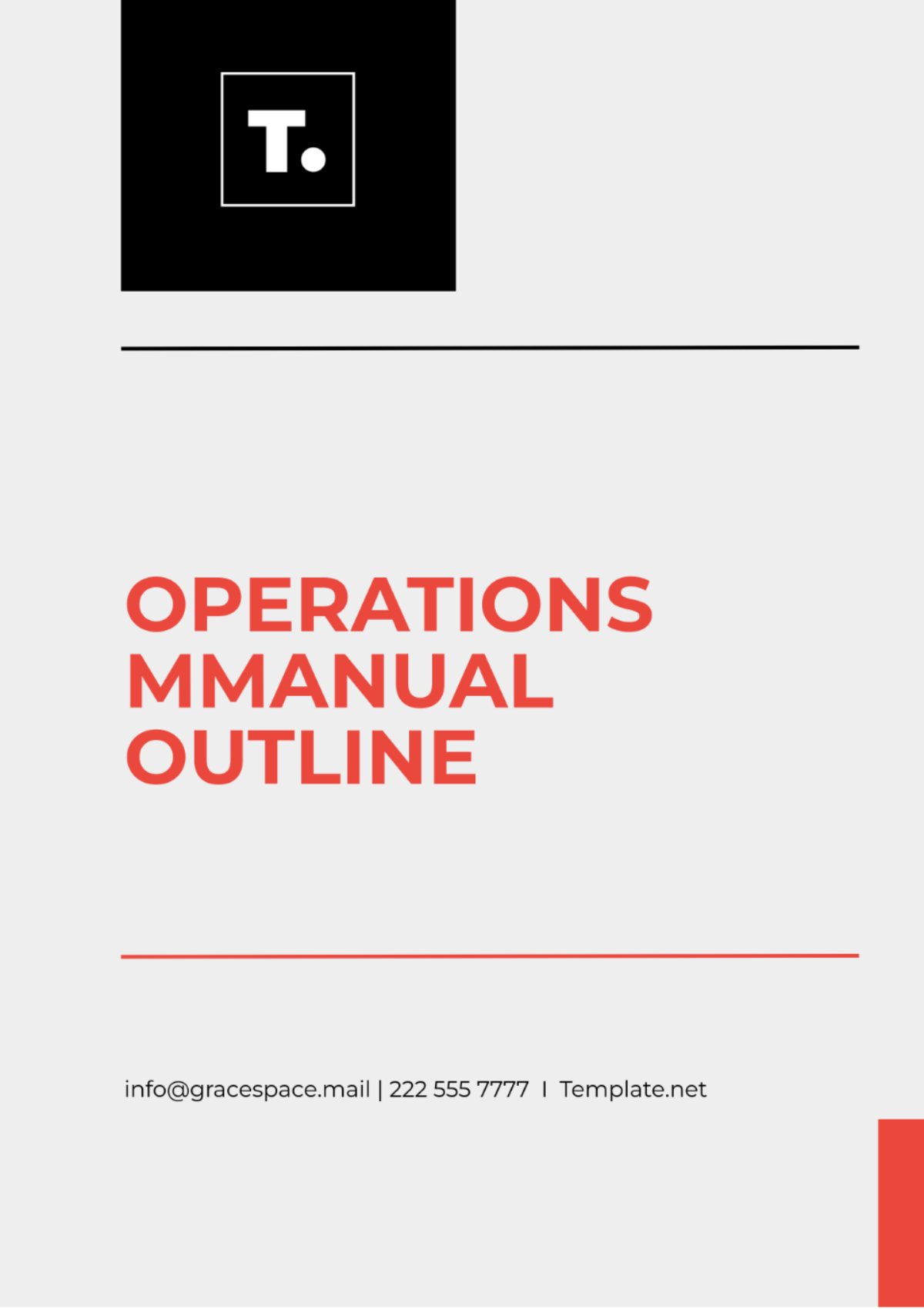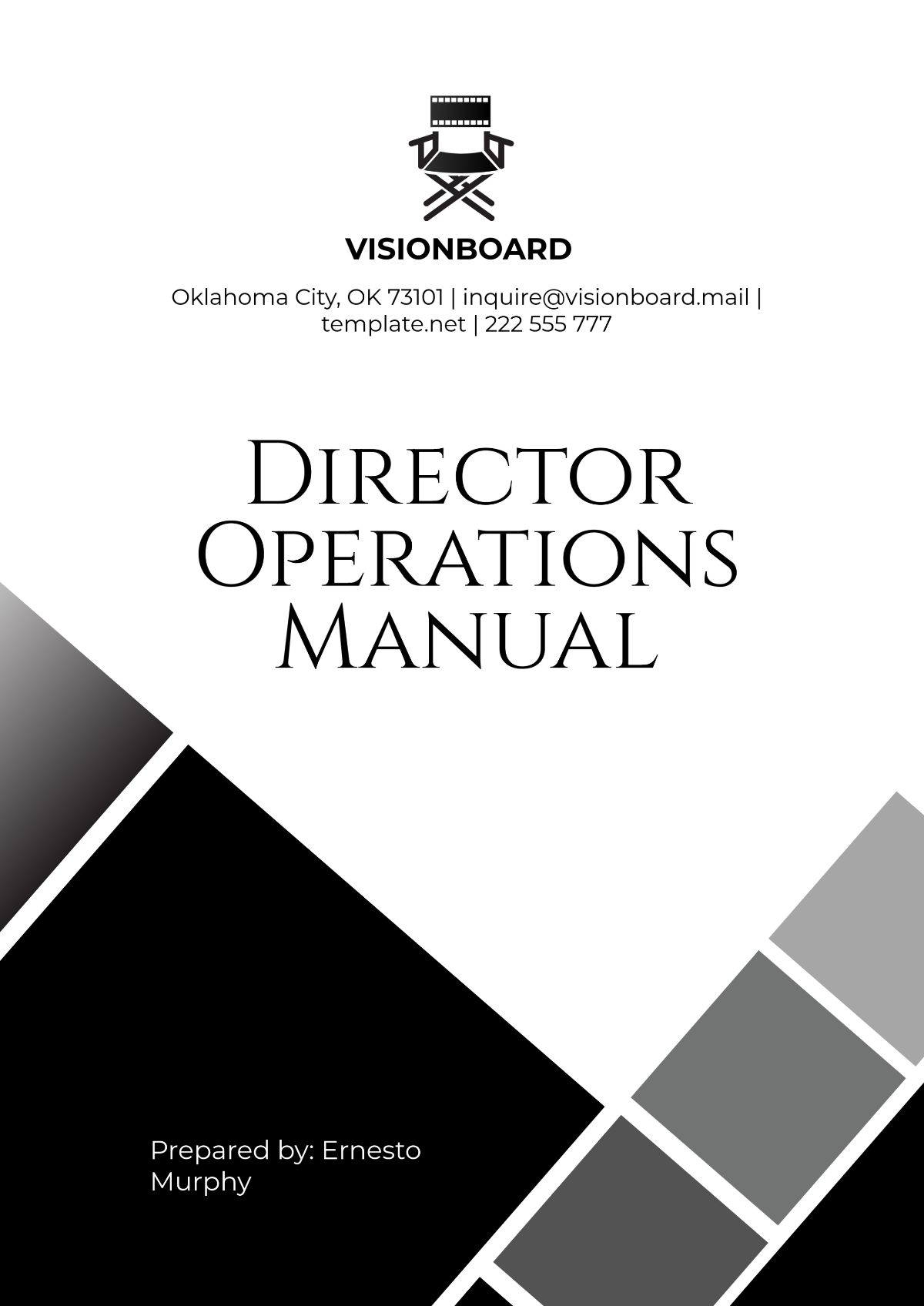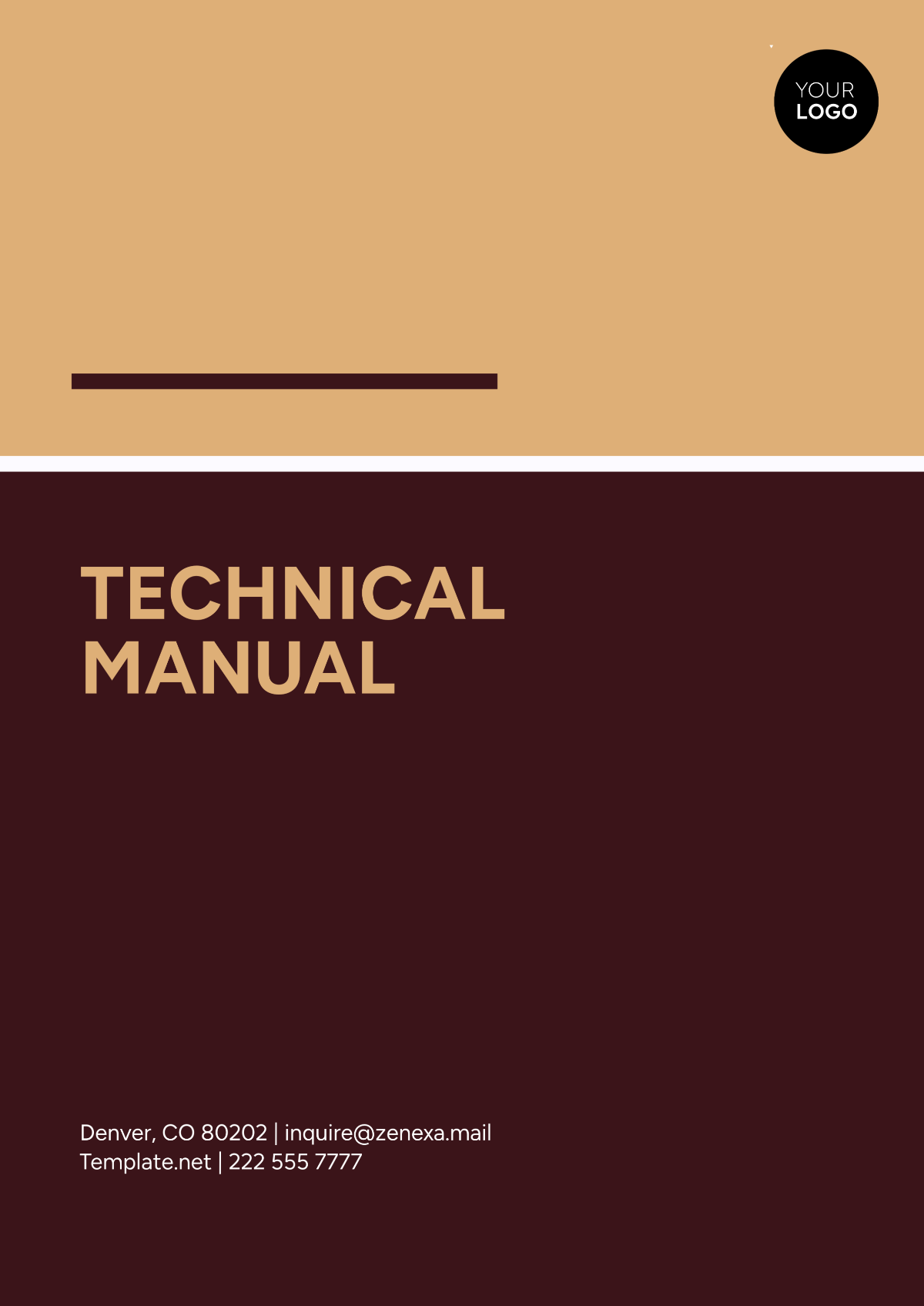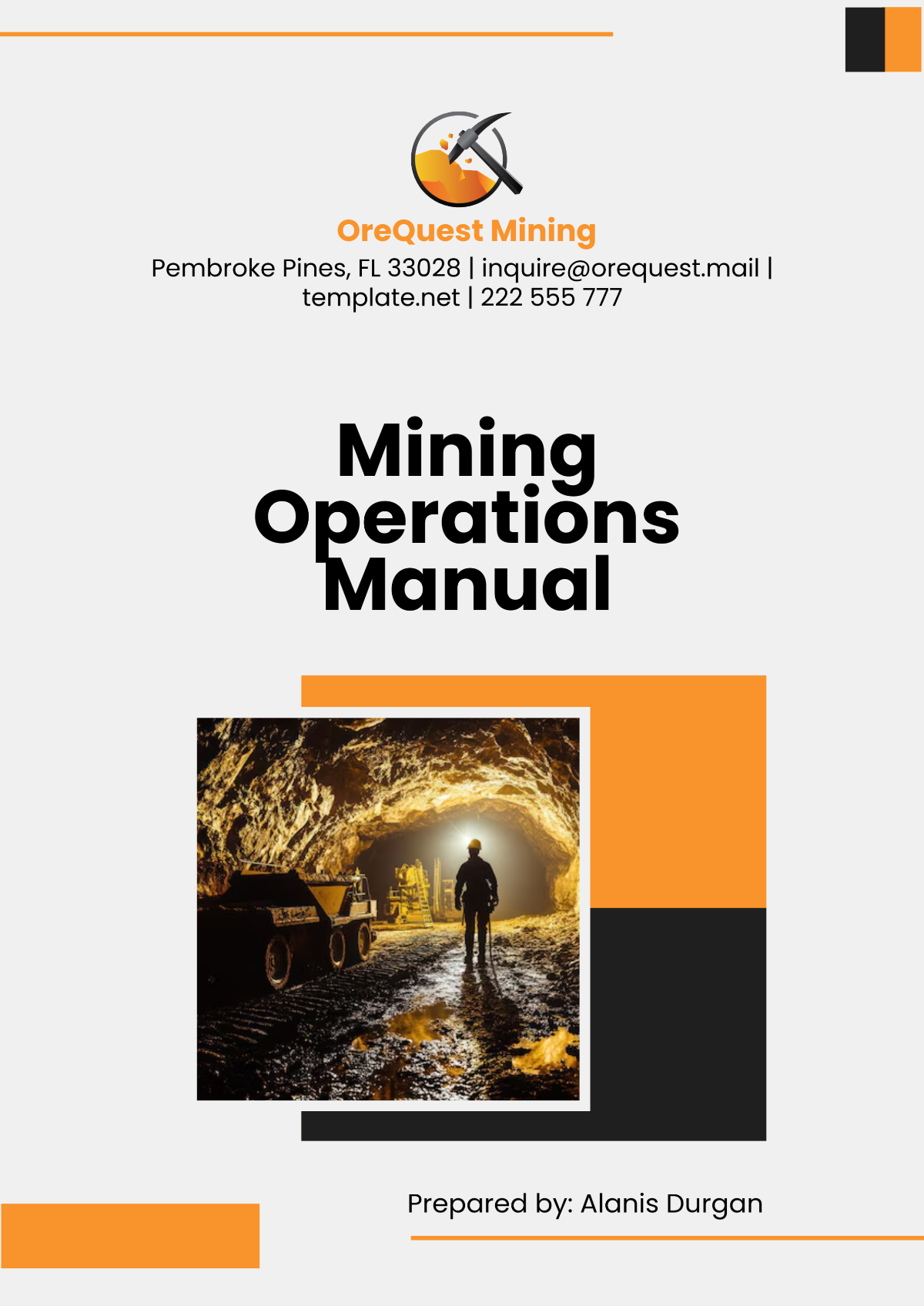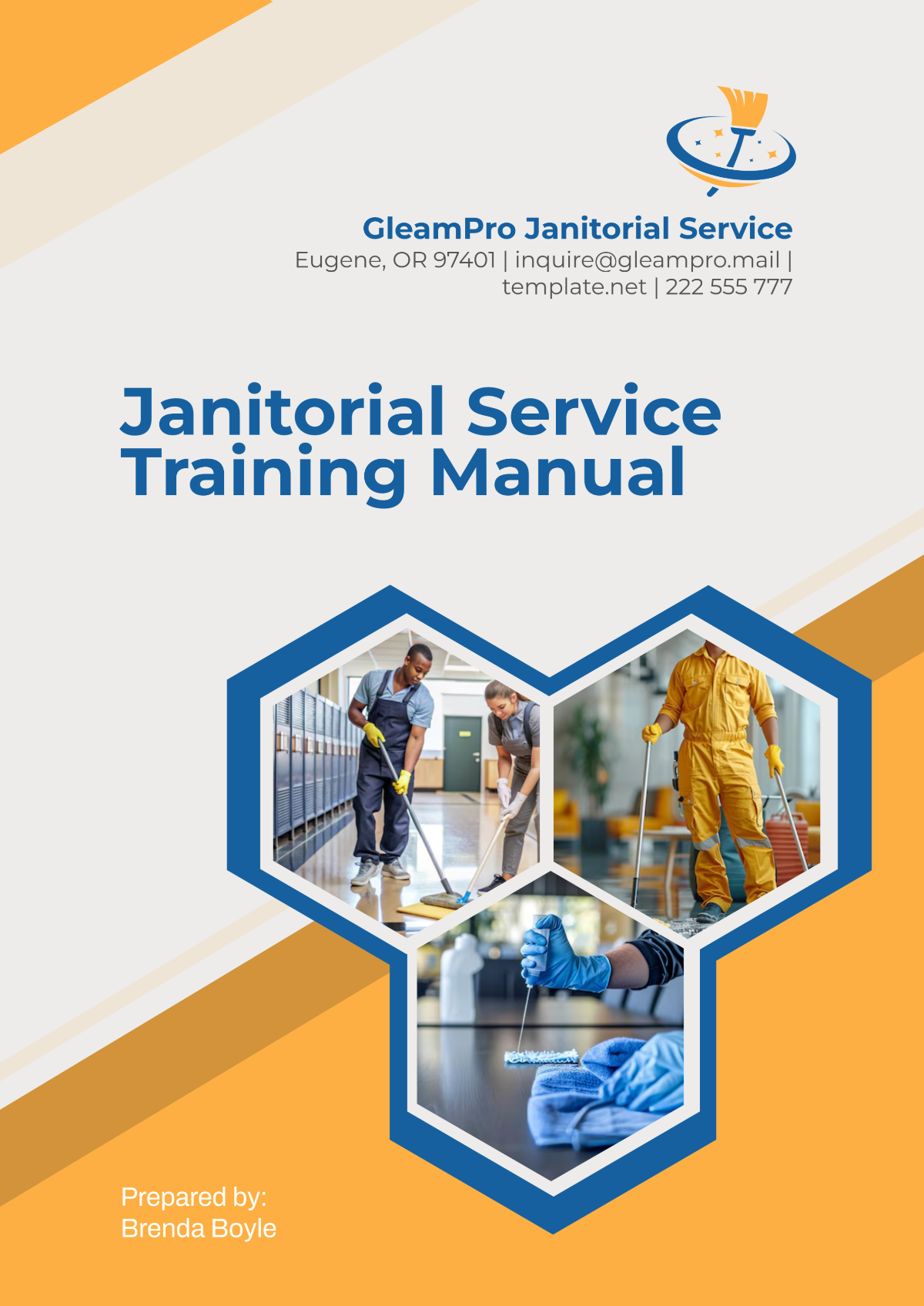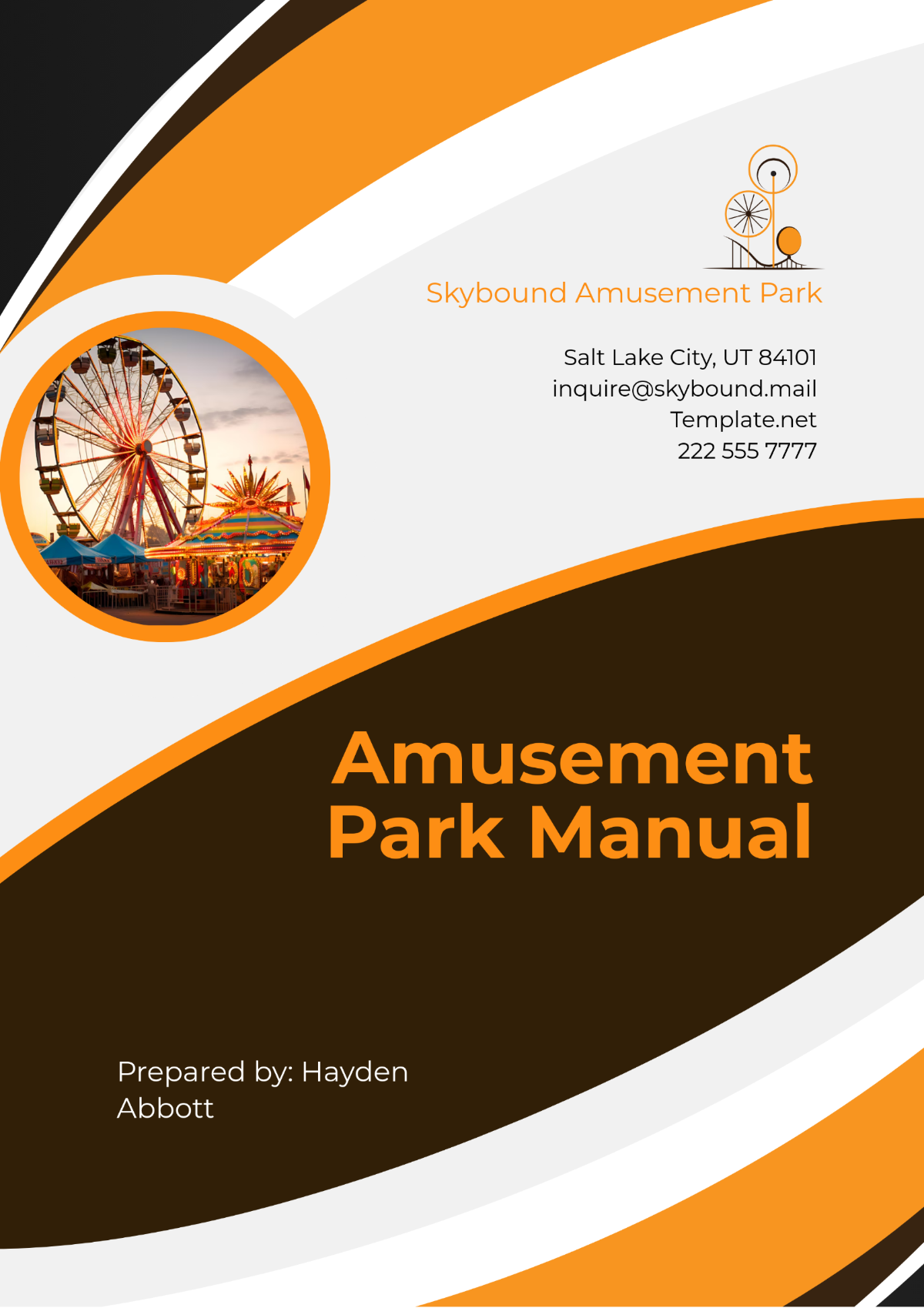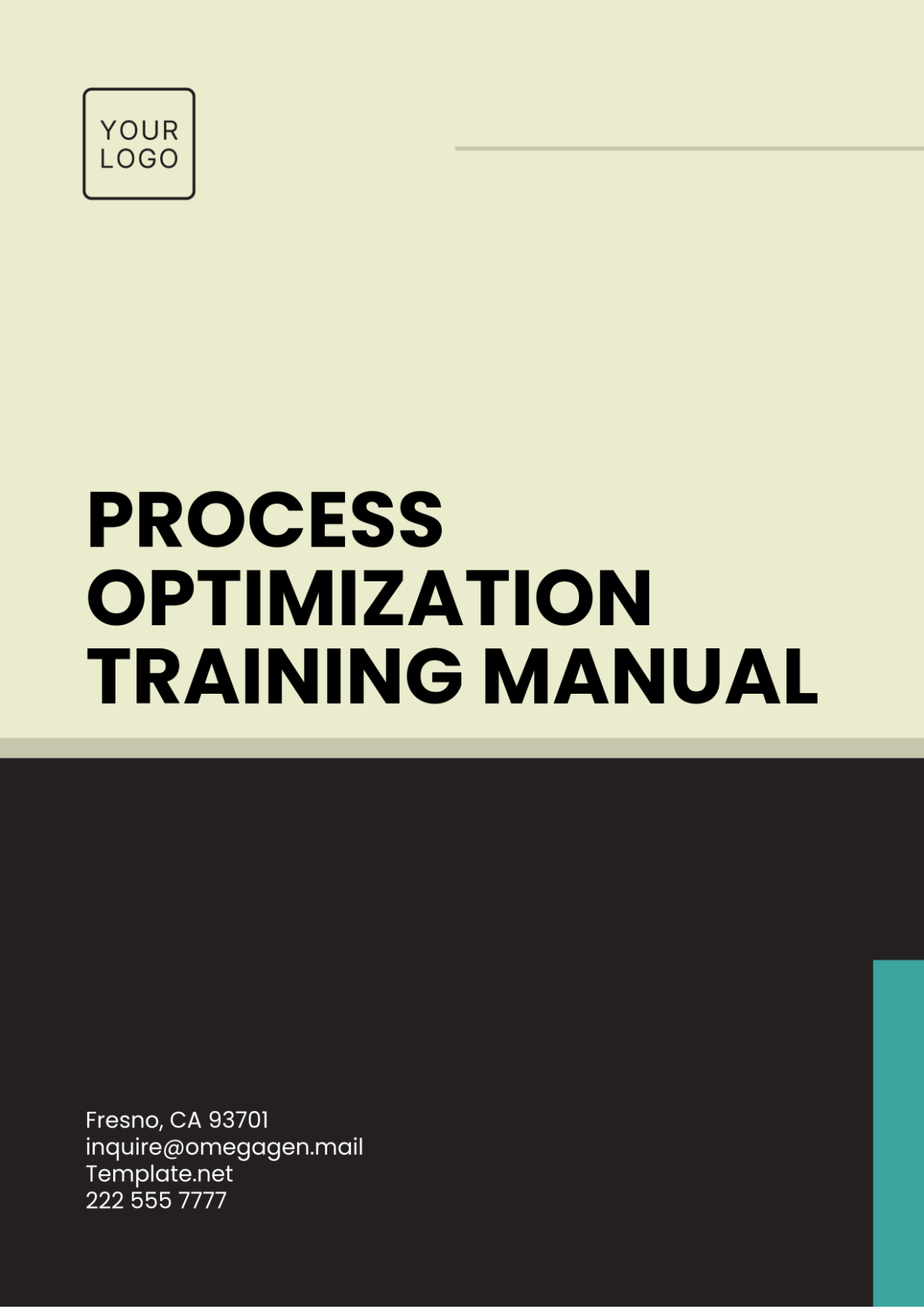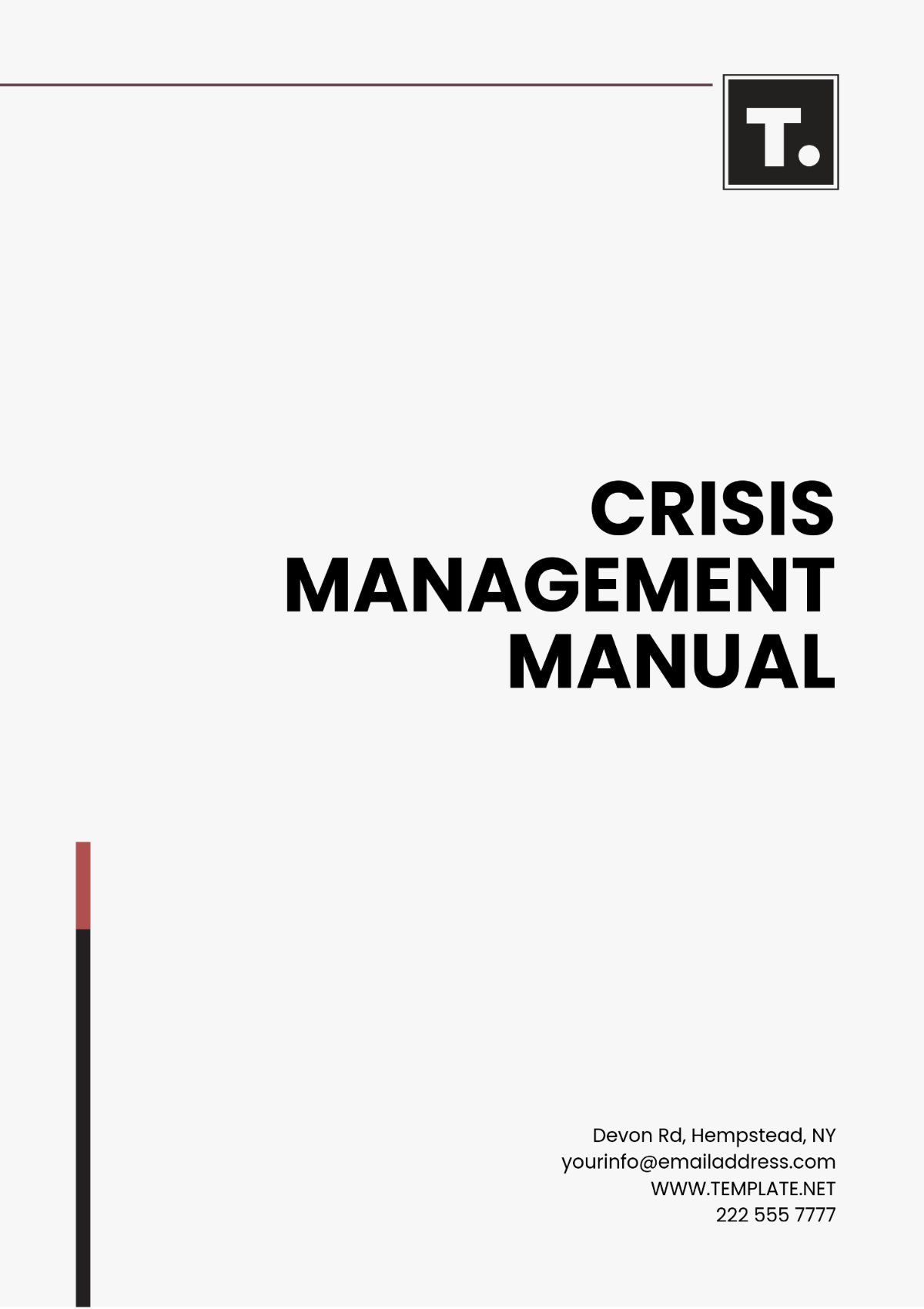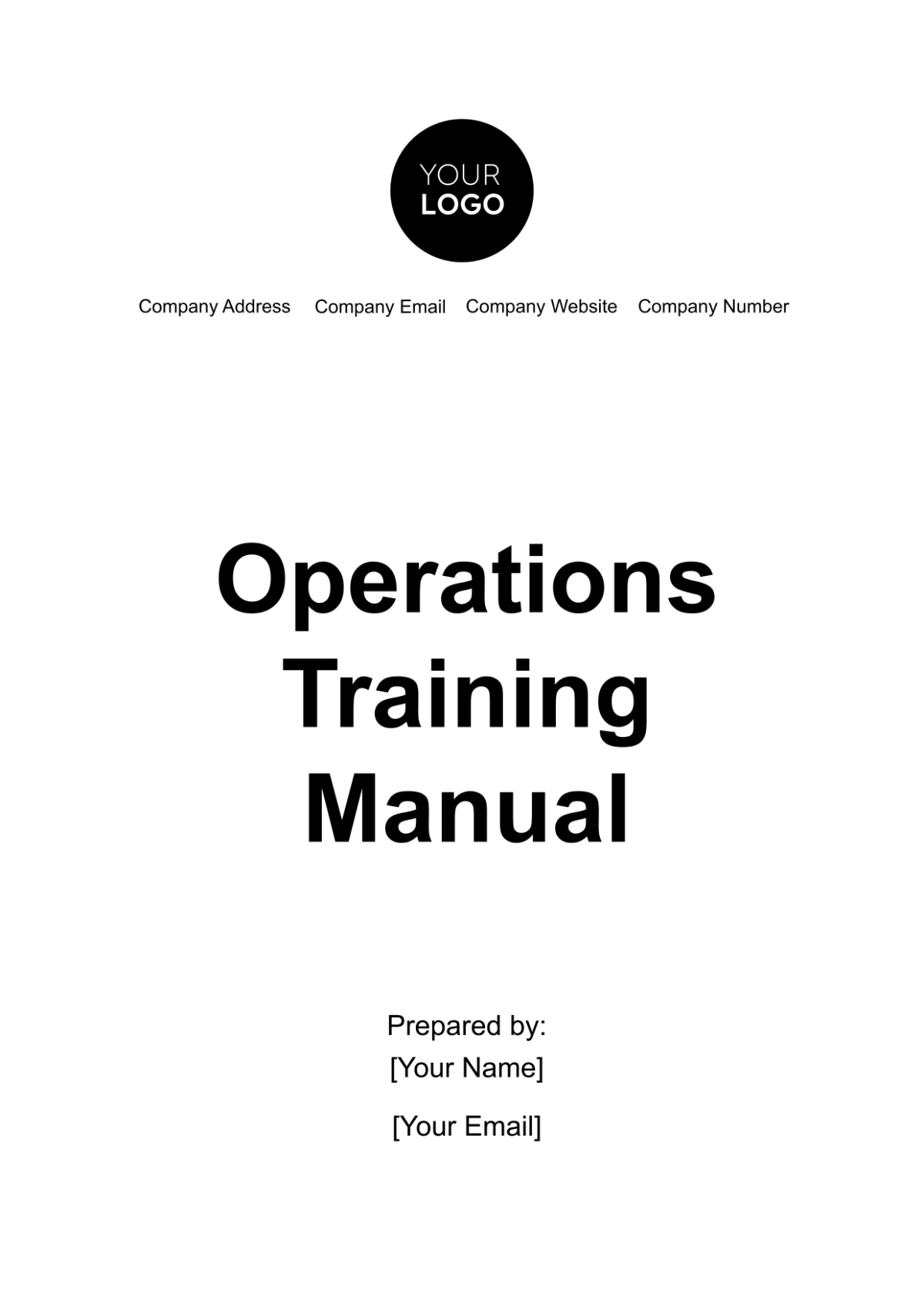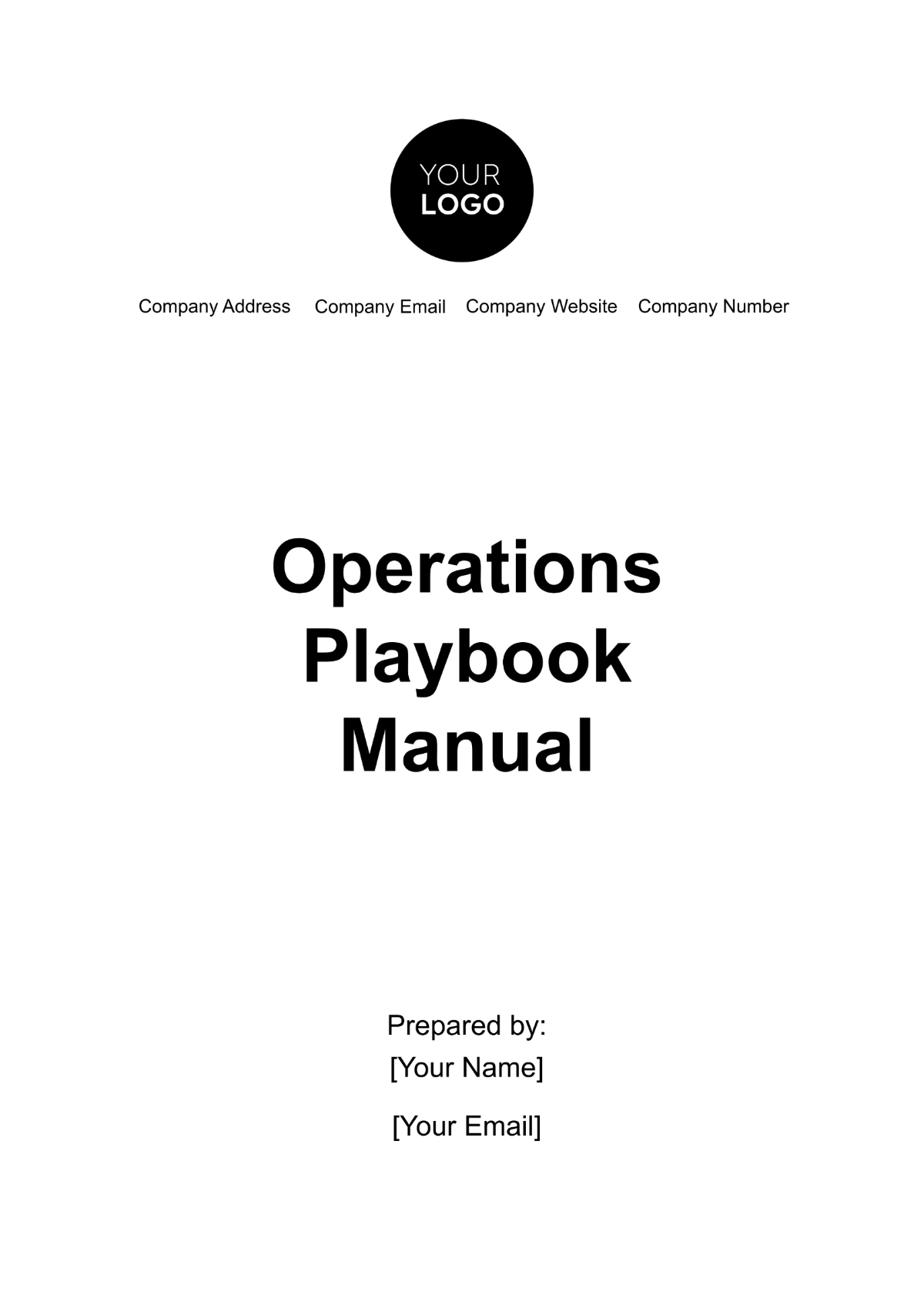Workshop Manual Chapter Outline
Prepared by: [Your Name]
1. Introduction
This portion of the text offers an extensive examination of the workshop manual. It elaborates on the objectives and intentions behind the creation of this manual and explains why it holds significant value. In detailing its purpose, the section aims to convey the fundamental reasons for the manual's existence and its intended benefits. Additionally, it underscores the importance of the workshop manual by highlighting the crucial role it plays in guiding users, ensuring comprehensive understanding, and facilitating effective application of the workshop processes and procedures.
1.1 Objective
The primary goal of this workshop manual is to provide a comprehensive and organized framework designed specifically to structure the content of the workshop. This framework aims to present the material in a manner that is both clear and user-friendly, ensuring that participants can easily navigate and understand the information being presented.
1.2 Scope
The scope encompasses the detailed inclusion of the essential chapters and sections that are vital to compile and produce a thorough and all-encompassing manual.
1.3 Target Audience
This manual is specifically crafted for a diverse group of individuals, including instructors who are tasked with educating participants, facilitators who are responsible for guiding discussions and ensuring the smooth progression of sessions, and content creators who play a crucial role in the development and structuring of the workshop material. These individuals collectively bear the responsibility of organizing the content, preparing the necessary materials, and effectively delivering the workshop sessions to ensure a comprehensive and engaging learning experience for all attendees.
2. Planning the Workshop
This chapter is dedicated to examining and discussing the preliminary stages of planning that are crucial for laying the groundwork for the workshop. It delves into the essential steps and considerations that must be addressed at the outset to ensure a successful and well-organized event.
2.1 Defining Objectives
Provide a detailed description of the main objectives and the specific educational achievements participants are expected to attain by the end of the workshop.
2.2 Identifying the Audience
Please provide a comprehensive explanation of the steps involved in comprehending and pinpointing the specific group of individuals who are most likely to benefit from and be interested in participating in the workshop. This should include an analysis of their characteristics, needs, and preferences to ensure that the workshop content and delivery are tailored to meet their expectations and requirements effectively.
2.3 Resource Allocation
Discuss the necessary resources, including materials, equipment, and personnel.
3. Designing the Workshop Content
This chapter addresses the creation and structuring of the workshop content.
3.1 Content Structure
Formulate a well-organized and coherent sequence for effectively arranging and displaying the information.
3.2 Lesson Plans
Introduction
Main Concepts
Activities
Summary
3.3 Supporting Materials
Handouts
Slides
Videos
Interactive Tools
4. Execution of the Workshop
Concentrate your efforts on the comprehensive development, thorough implementation, and effective delivery of the entire workshop.
4.1 Facilitation Techniques
Delve into a wide range of teaching and facilitation methods that are specifically designed and customized to align with and fulfill the unique objectives of the workshop.
4.2 Engagement Strategies
Implement and present a comprehensive set of strategies designed to enhance the level of engagement and interaction among participants.
4.3 Time Management
During the workshop, please provide a comprehensive array of tips and techniques designed to help participants manage their time effectively.
5. Evaluation and Feedback
The various approaches and techniques were employed to evaluate how effective the workshop was, as well as to collect participants' feedback and opinions on its content and delivery.
5.1 Assessment Techniques
Many different techniques and approaches can be employed to assess the level of understanding that participants have gained as well as to determine the overall success of the workshop.
5.2 Feedback Collection
Methods and approaches for gathering input from participants and systematically examining the feedback collected.
5.3 Continual Improvement
Incorporating feedback and using it for the continuous and systematic enhancement and refinement of both the content and the delivery methods of workshop sessions.
6. Additional Resources
Include supplemental materials and references.
6.1 Resource List
Books
Articles
Websites
Software Tools
6.2 Templates and Samples
Lesson Plan Templates
Feedback Forms
Checklists
7. Conclusion
This workshop manual guides organizing and delivering effective workshops, covering everything from planning to evaluation. It includes tips on setting objectives, understanding the audience, creating content, facilitation strategies, and assessing effectiveness. Supplementary resources and templates are also provided.

